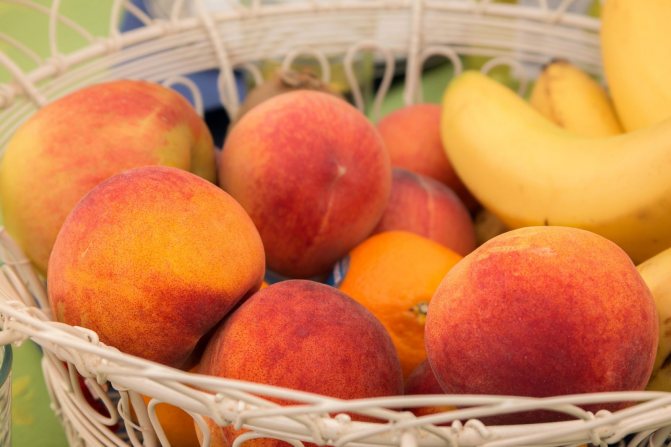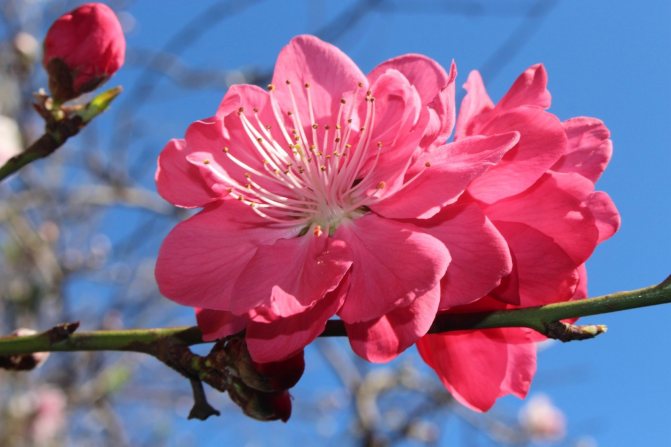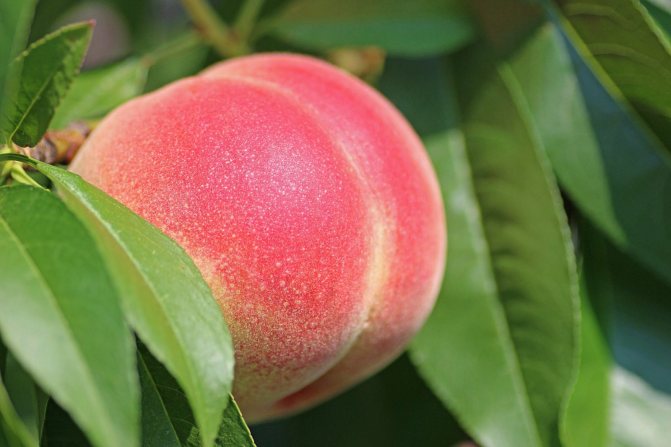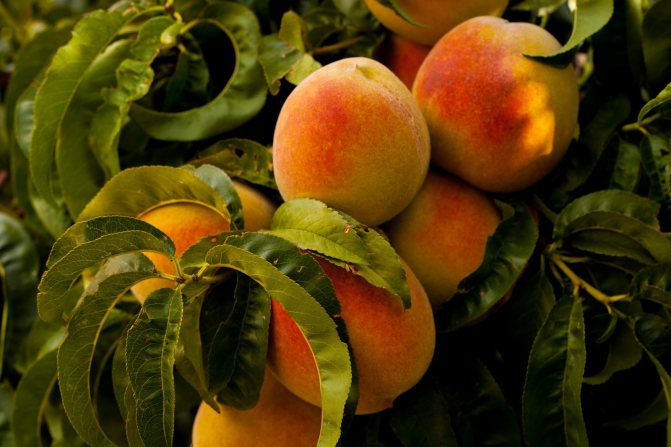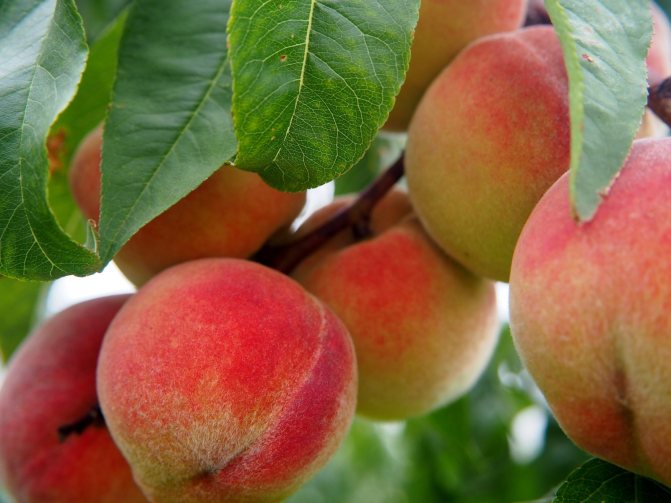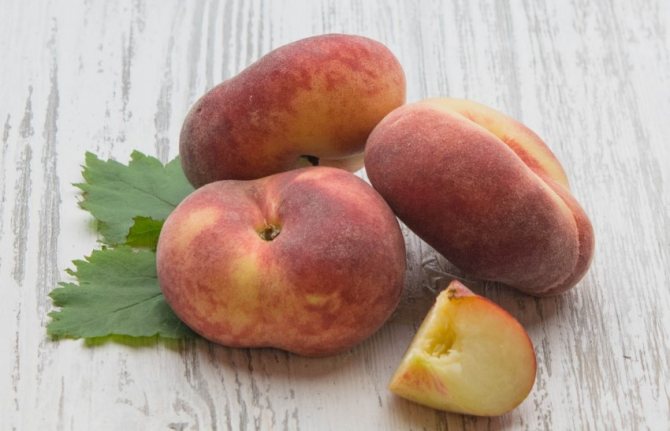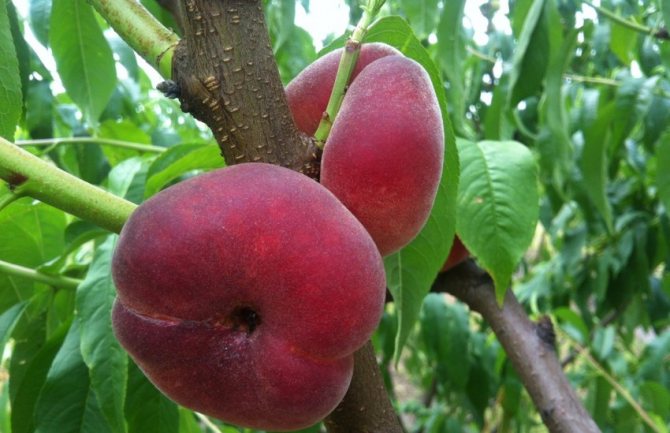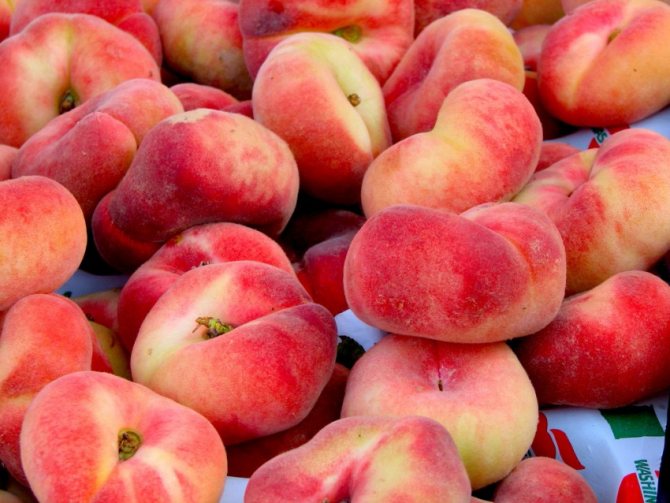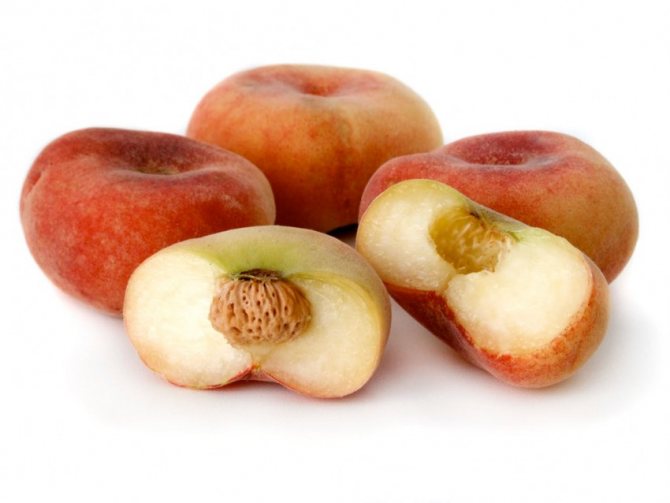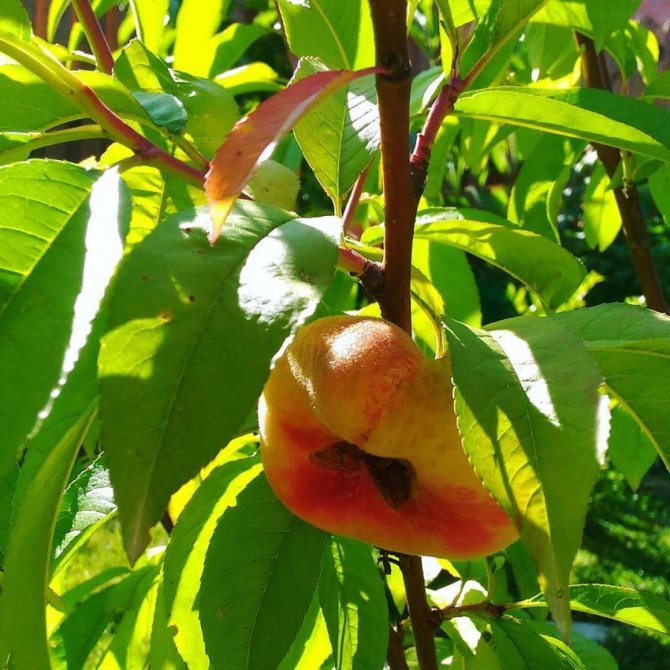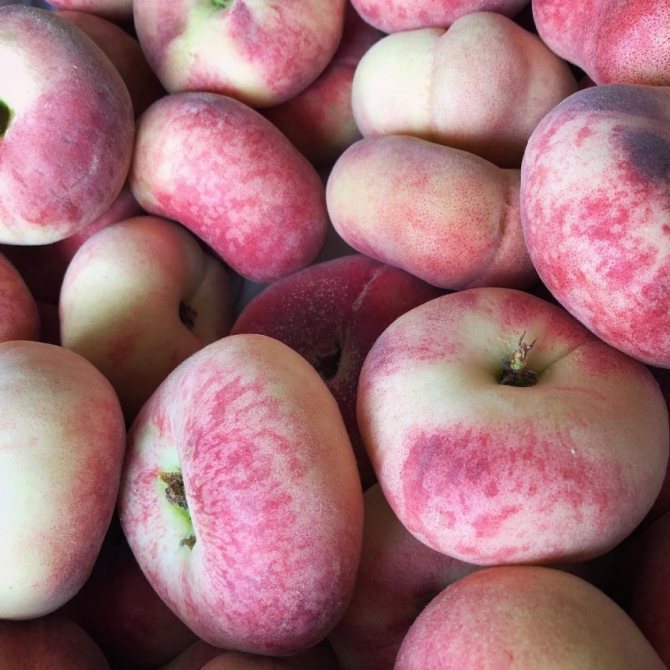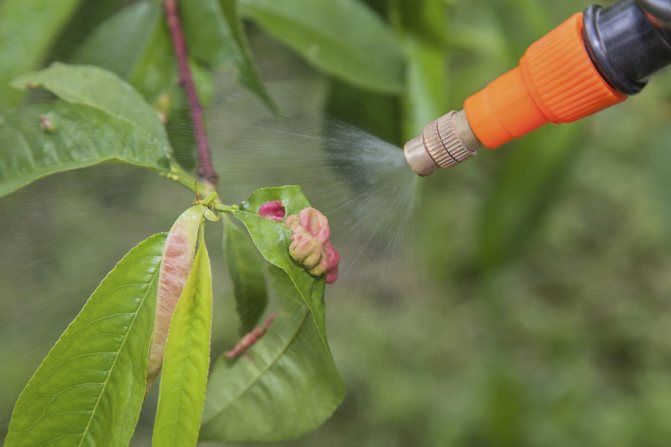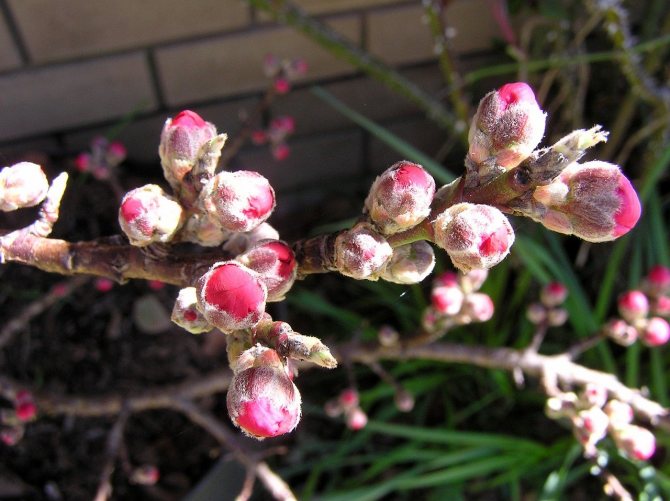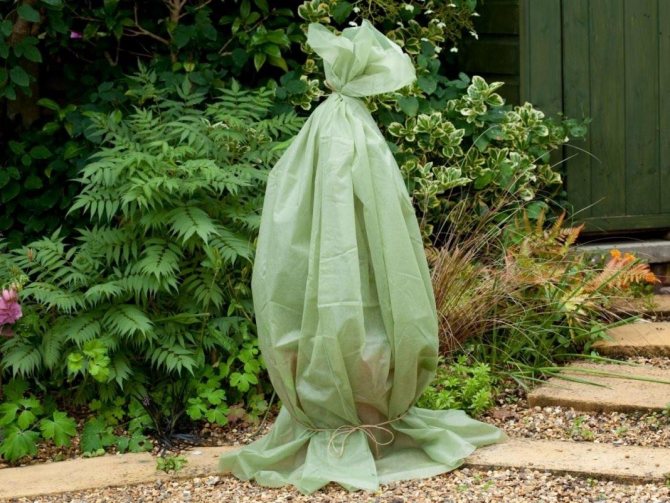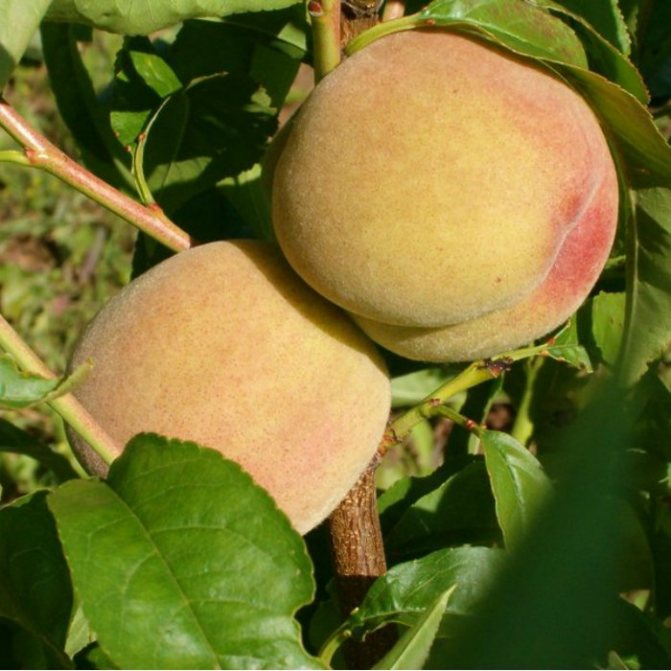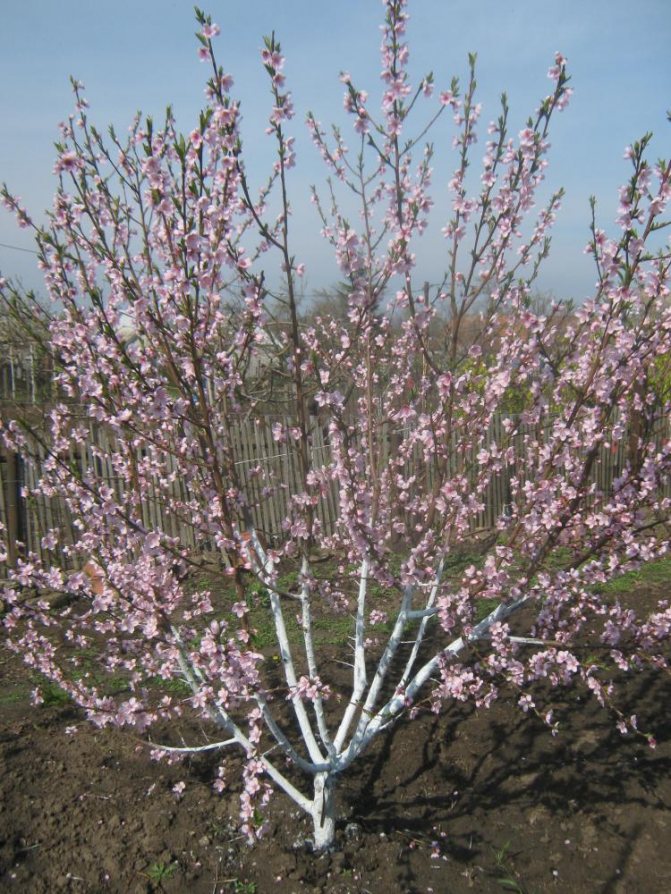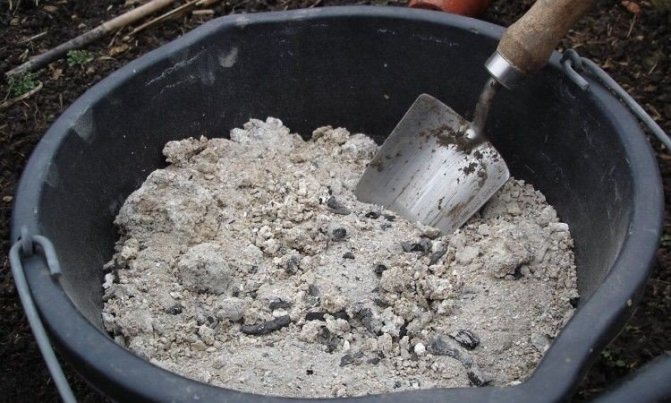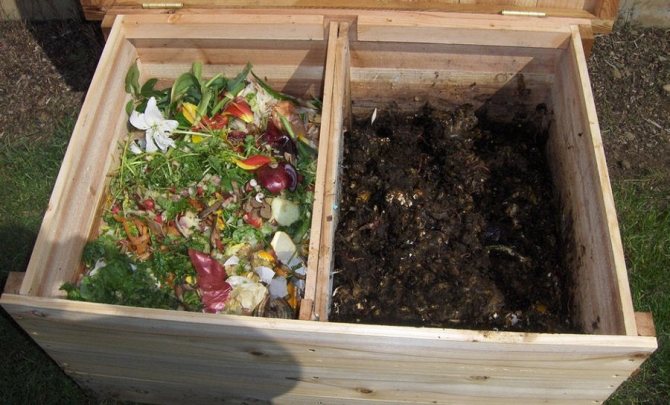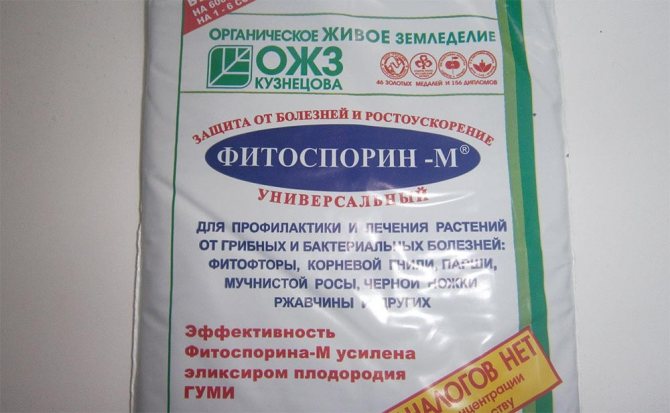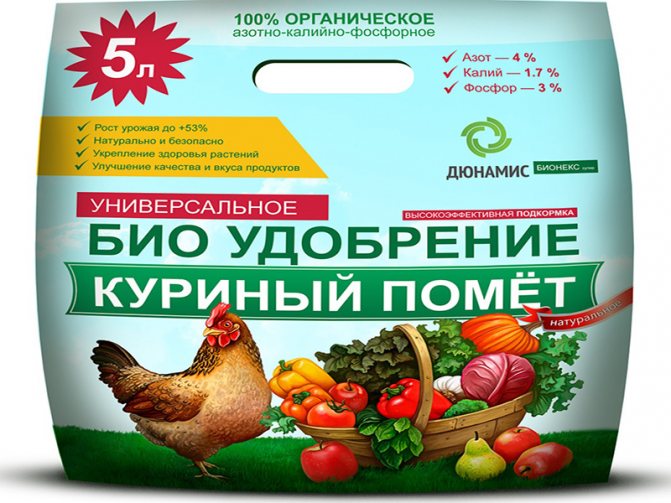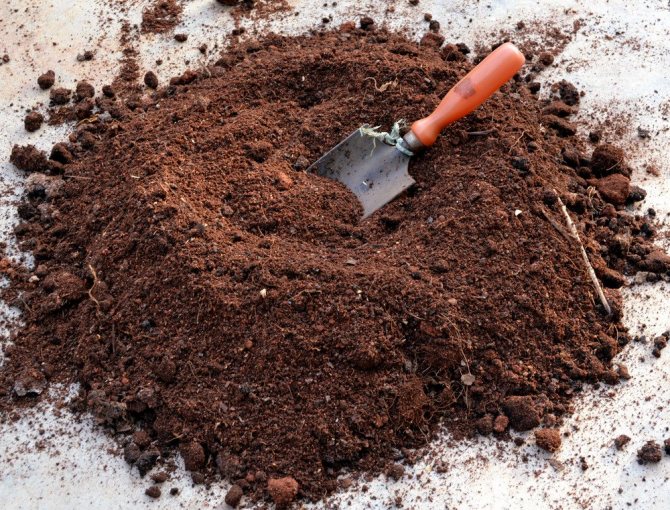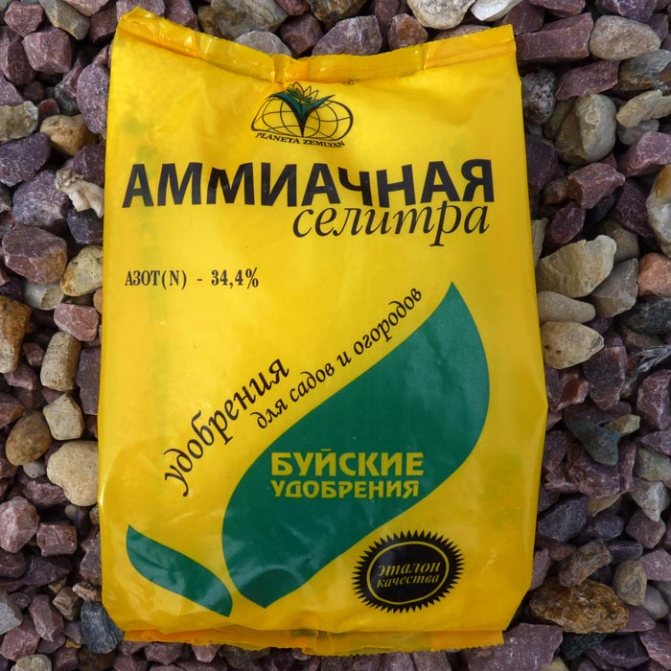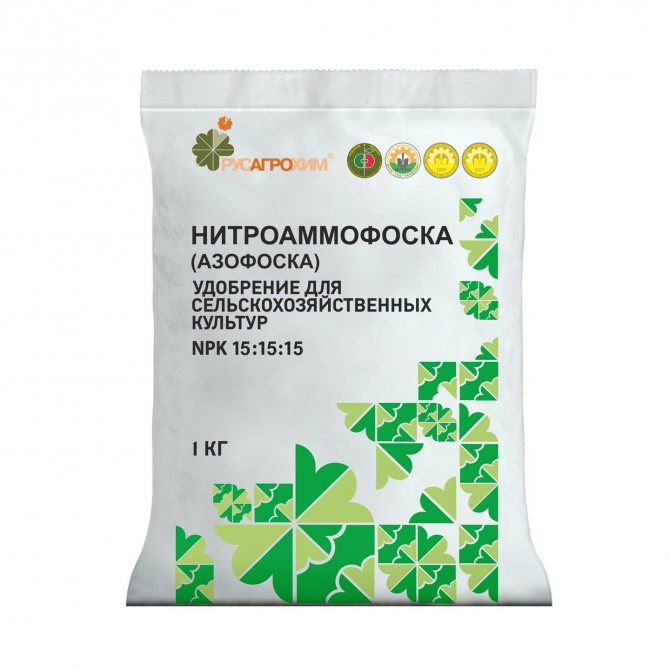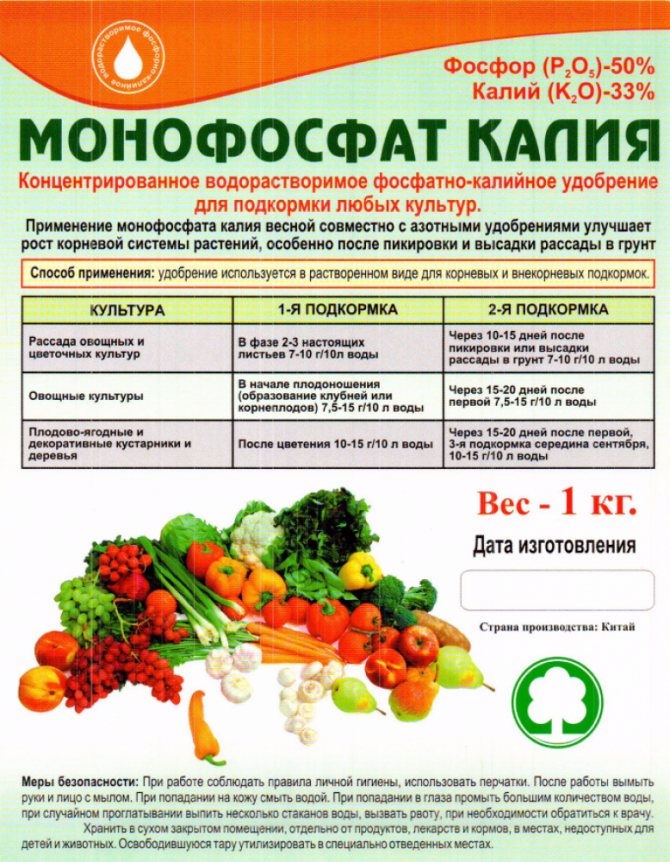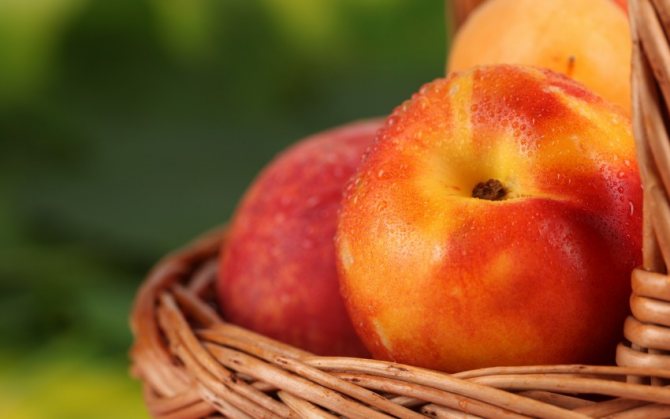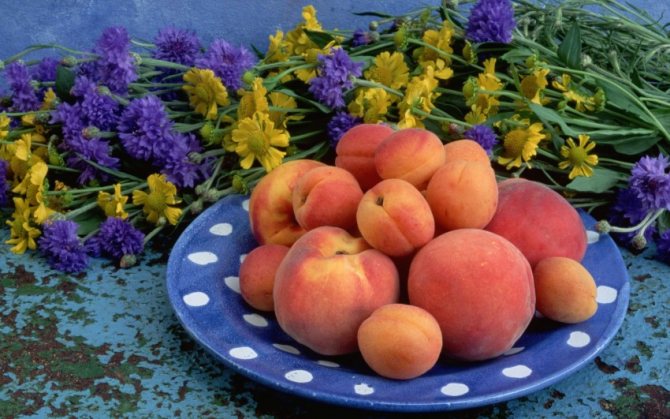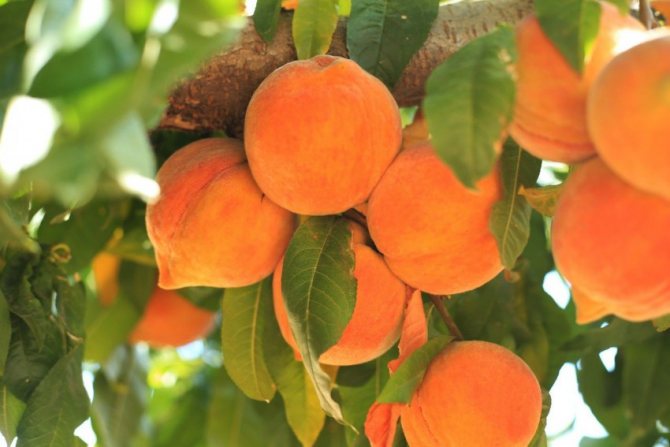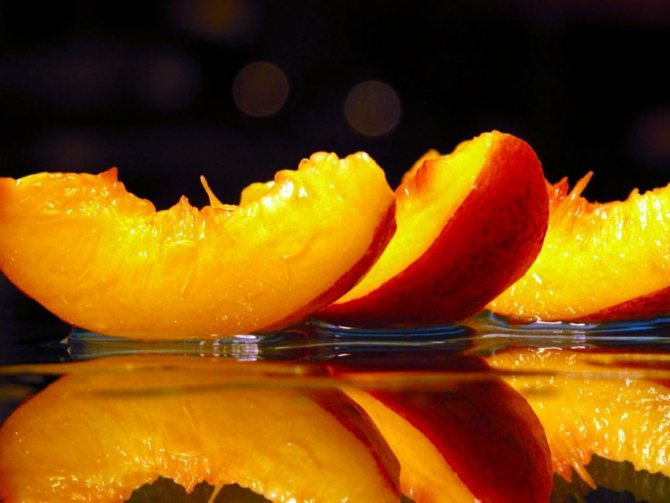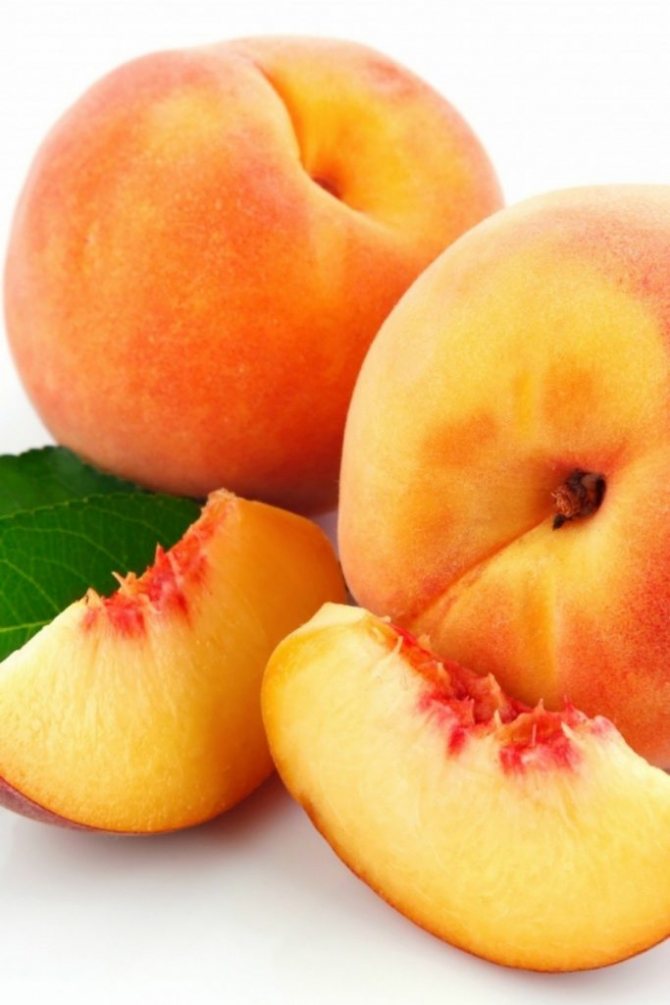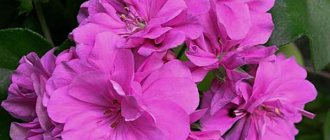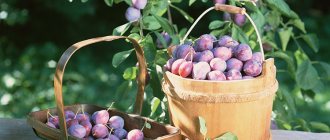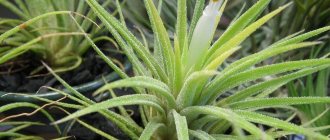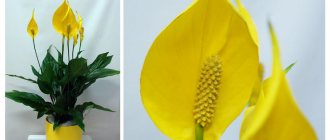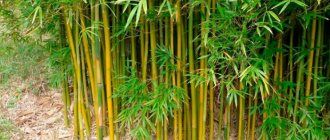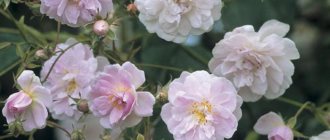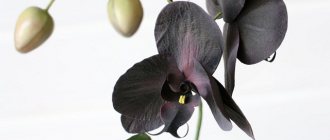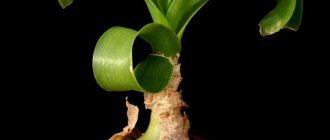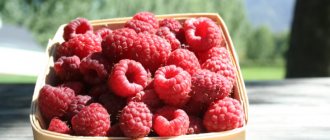The peach, familiar to the modern market, was previously considered a "native" from Persia, but many call China its place of growth.
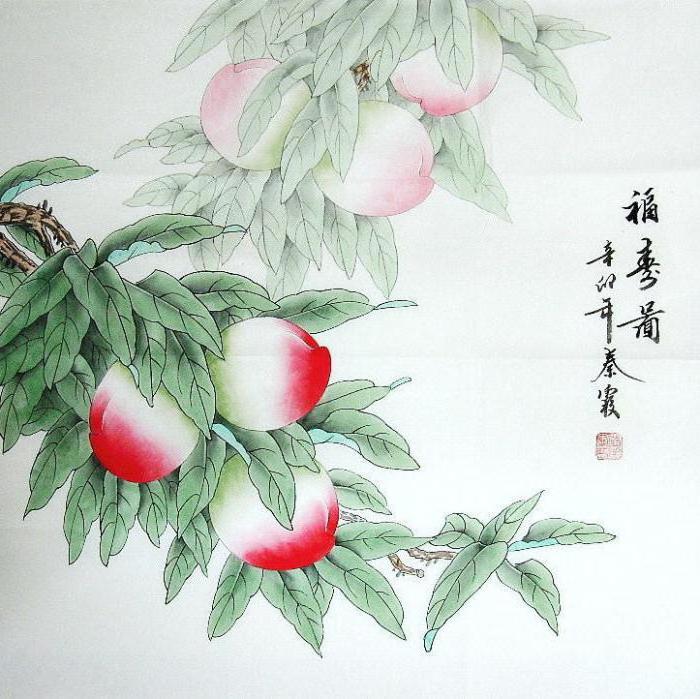
Although peach varieties were few in ancient China, it was this tree that was called a symbol of longevity, chastity and purity. Girls who get married in the spring were given a branch of a blossoming peach tree, and in the summer brides were given its fruit as a symbol of a happy marriage.
Peach variety selection
Peach loves warmth, therefore it grows mainly in the southern regions, although breeders have grown winter-hardy varieties that suit cooler summers.
Choosing seedlings for planting on a personal plot should be guided by climatic conditions. The choice of a variety must be approached with all seriousness so as not to be disappointed in the future from wasted efforts.
For regions with cold winters, a peach tree is suitable, the varieties of which have the following indicators:
- increased frost resistance;
- immunity to various diseases;
- the ability to quickly adapt and give new shoots.
There are works of American, European and domestic breeders with such characteristics. In warm regions, all varieties of peaches quickly take root and grow well, so the choice is between the taste, size and quality of the fruit.
"Fig"
This variety of peaches, according to one version, was obtained in China as a result of crossing with figs. Although there are no taste similarities with him.
A distinctive feature of fruits is their flattened shape. The fruits ripen at the end of summer, juicy to taste and with good pulp. They can be transported, but they are not subject to long-term storage. The small bone is considered another plus.
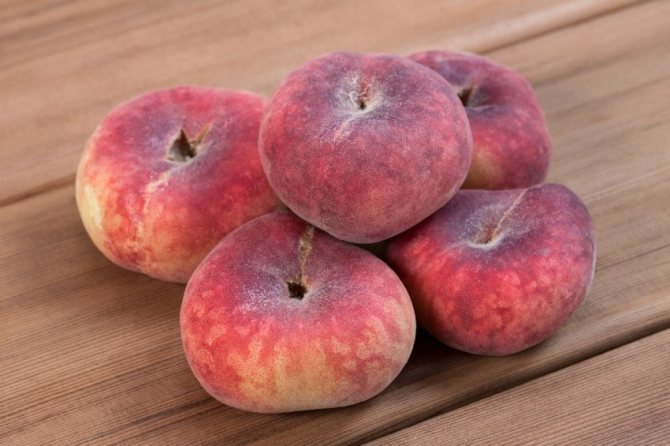
Winter hardy peach varieties
The winter-hardy peach, the varieties of which were bred by the best breeders in the world, has long established itself as a tree suitable for industrial and personal cultivation in regions with severe winters. Among those that tolerate cold well, there are early and late varieties.
- One of the most famous in this category is considered to be the domestic peach of the "Fluffy Early" variety (1932). It easily tolerates frosts down to -30 degrees and is time-tested. Its fruits ripen by mid-July, have a round, creamy shape. It is used for preserves, jams and eaten raw. To improve the palatability of the fruit, it is recommended to form the crown of the tree in the form of a bowl. For ease of care and resistance to diseases, it is suitable for novice gardeners. To avoid curly foliage, which he sometimes suffers, experienced gardeners spray the tree every 4 years with a fungicide.
- Peach variety "Juicy", also of domestic production, belongs to the early frost-resistant species. The tree can withstand frosts down to -30, is resistant to powdery mildew and is rarely exposed to curly leaves. It is loved by gardeners for the property of fast growth of shoots in spring and the unique taste of fruits. Peaches grow juicy, with white fragrant pulp up to 130 g in weight. The yield is so high that it is often necessary to cut off the still unripe fruits so that the branches do not break under their weight.
- Peach of the "Winter-hardy" variety, which was grown in Ukraine from the stone, has special properties, while retaining all its maternal qualities. This tree can withstand frosts down to -40 degrees, while its roots, branches and flower buds can freeze, but it is so strong that it recovers in a year or two. The fruits of the tree are large, up to 200 g, and the yield is so high that experienced gardeners cut off the ovaries in advance. It is recommended not to plant other types of peaches or stone fruits next to this variety.
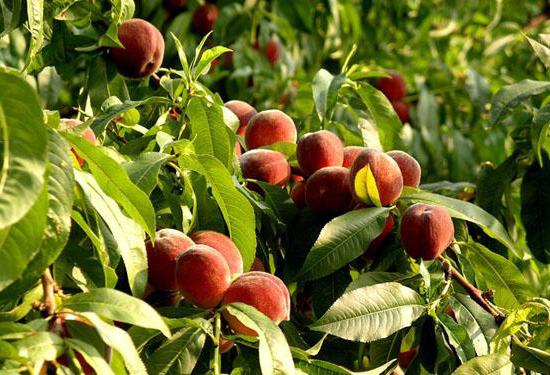

All of the listed peach varieties were bred with the sole purpose of resisting severe frosts, so they can be safely planted in climates with short summers and long cold periods.
Self-fertile peaches
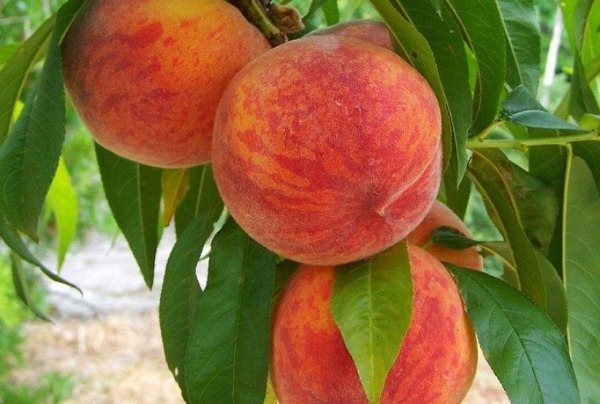

Self-pollinated fruits are undersized. They are distinguished by high productivity. You can increase fruiting by planting several more similar subspecies on the site. This is necessary for cross-pollination. The best species include: Inka, Volcano, Harnas.
On a note!
Self-fertile peach varieties tolerate frost fluctuations. Not demanding to care.
Inca
This is a tall plant. The crown is dense and oval, the leaves are oblong. By weight, fruits reach up to 200 g. The stone is difficult to separate, and the pulp is watery. According to the description, the variety is frost-resistant. Has an average yield. The plant is protected from fungal infections.
Boxer
The peach variety Boxer in the photo is large in size. The fruit is not zoned in any region. Each fruit by weight is up to 1400 g. However, the amount of fruit on each seedling is small.
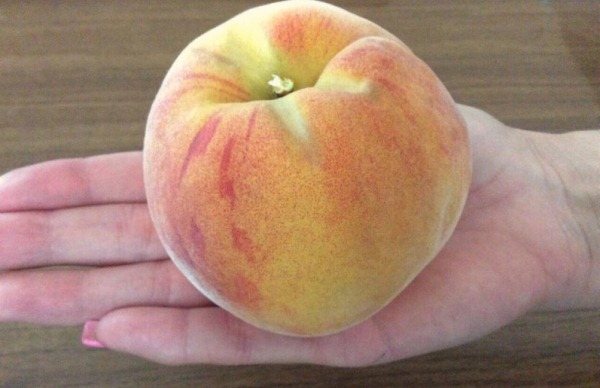

Harnas
This is a tall plant. The crown is spherical, the sheet plate is dense. Fruits reach 180 g. The peel is scarlet, the flesh is dense, and the stone is large. The plant tolerates dry weather well.
Volcano
This is a medium-sized plantation with a rounded crown. The pulp is juicy and yellow, and the bone is small. The taste is sweet and sour. The planting has the likelihood of curling, so annual treatment is required. The yield is high.
Early varieties
For commercial purposes, breeders have developed early peach varieties when the fruits ripen in late June and early July.
These include:
- The work of Italian breeders has led to the emergence of a very early peach variety "Favorite Morettini". Its distinctive feature is the ability to grow rapidly shoots, which sometimes grow up to 0.5 m per year. The fruits of this variety reach 150 g in weight, have tasty, juicy pulp with a yield of up to 40 kg per tree. The disadvantage of the variety is considered its instability to frost, but if you cover the roots in winter with high quality, then it can be planted not only in the southern regions of the country. The advantage is disease resistance.
- For gardeners who trust the quality, proven over the years of cultivation, the peach variety "Kiev Early" is one of the most beloved. Its fruits ripen in early July, have a white, sweet, aromatic pulp and weigh up to 100 g. It is suitable for planting in central Russia, but does not tolerate frost well. This variety has a property to recover after harsh winters, so you should not rush to uproot the tree after being hit by the cold. In a year or two, it can fully return to "operation". Its disadvantage is its weak resistance to powdery mildew, so the tree is suitable for more experienced gardeners, although on the basis of this variety, peach species have already been bred that are not afraid of such a disease. Although it should be noted that there are not many of them.
Basically, all early peach varieties were bred artificially, since they are thermophilic, and in regions with a cooler climate, they ripen in August. Therefore, now such crops are divided into early and medium ripening.
New varieties
The new varieties are more resistant to disease and frost. Of the new seedlings, the most promising are:
- Earley;
- Harnas;
- Harco.
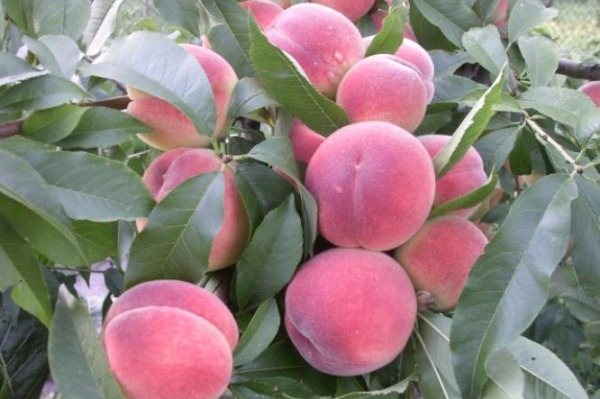

These plants are being actively tested and may soon replace the old popular species.
All species have characteristic features. If you rely on growing conditions when choosing, you can choose a variety that meets all the requirements and is adapted to weather conditions.
Medium ripening varieties
Ripening of peaches in August is considered quite natural, although breeders have worked here too. Their main focus is on breeding trees that are resistant to diseases and pests.
The description of medium-ripening peach varieties primarily focuses on yield, fruit quality and endurance.
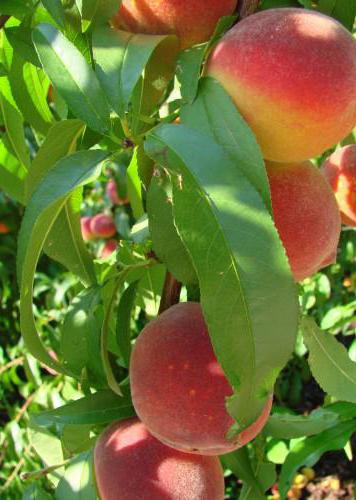

- "Ambassador of Peace" tolerates spring frosts well and produces large fruits up to 160 g in weight with a yellow color and juicy pulp. Ripens by mid-August and is considered a high-yielding plant.
- A fairly young variety "Hryvna" has medium fruits up to 90 g in weight, it has excellent taste and resistance to transportation. Rarely exposed to diseases, tolerates winter well, therefore does not require close attention when leaving. Ripens in early September.
- "Veteran" was bred by Canadian breeders back in 1925. Begins to bear fruit 3 years after planting and gives high yields even after a cold winter. Fruits reach 130 g in weight, have yellow flesh and excellent taste. Disease and transport resistance make this peach variety suitable for commercial cultivation.
Thanks to the work of breeders around the world, peach trees have ceased to be the privilege of only the southern edges and are increasingly found in regions with very cold climates.
Peach feeding by seasons
Regular feeding will help strengthen the immune system of the peach tree. In early spring, plants need nitrogen to grow branches and form a lush crown. Organic and mineral mixtures are used. Nitrogen fertilizing is applied depending on the variety. On average - until mid-July.
Young plants, which were fed at the time of planting, do not need fertilizers. It is necessary to reduce the dosage in cases where the tree develops poorly and slowly, has few leaves. Excess nutrients will only harm the peach.
The following types of fertilizers are used from organic matter:
- Chicken droppings or dung. It is good if there are caked fertilizers - less danger to the root system. The fresh substance needs to be prepared: Pour a third of the bucket with water and let it brew for a week, stirring occasionally. Next, the mullein is diluted 1/10 with water, and chicken droppings 1/20. Trees are watered with this solution, starting from the third year after planting. It is possible earlier, if fertilizers were not applied.
- Wood ash. Contains potassium and phosphorus, as well as many useful trace elements, the main of which is calcium for metabolism in plant tissues. Ash can be insisted on water or dripped under the root in a dry form, after having moistened the soil well beforehand. For one tree, you will need about 300 g of ash per bucket of water.
- Siderata. Helps to restore the topsoil when no manure is applied. Sow at any time - in spring, summer, autumn. The cut greens of the green manure are dug up with the soil, where the plant residues decompose and give nutrients to the soil. Greens can be infused in water until fermentation and water the near-stem circle with infusion.
- Bone flour - a source of phosphates and calcium. Submitted once every 3 - 4 years. The use of other phosphorus fertilizers is not necessary. In the spring, you will need to flavor the land with potash and nitrogen substances.
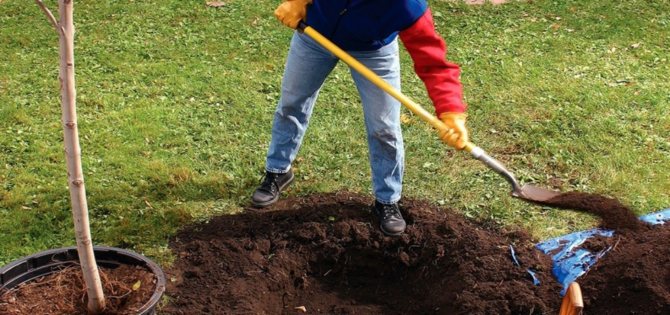

Mineral fertilizers are alternated with organic matter so as not to deplete the soil. Sometimes minerals and organics are mixed for the best effect. The following types are used:
- superphosphate - 40 g per square meter;
- potassium sulfate - 30 g;
- urea or ammonium nitrate;
- calcium nitrate;
- concentrate of trace elements.
Complex mixtures are used in spring and in the first half of summer. Further, the amount of nitrogen fertilizing should be reduced, and towards autumn it should be completely excluded.
Variety "Ruby Prince"
The Ruby Prince peach was bred by American breeders and belongs to a mid-season industrial crop.
Basic qualities:
- The tree bears large fruits weighing from 150 to 300 grams.
- Excellent taste - juicy, fleshy, sweet and sour peaches with yellow flesh.
- High transportability and long-term preservation of the presentation makes it a good variety for growing on large plantations.
- Fruit ripening occurs in mid-July.
- Trees of this variety are very tall and have a high yield.
The Ruby Prince variety is suitable for those gardeners who decide to take their garden products to the market. The fruits of this variety are suitable for conservation, but most often they are eaten fresh.
Delicious "Jaminat"
The tree is not tall with medium-sized fruits. Peaches retain their properties for up to two weeks. Great for transportation and sale. After the third year, plantings begin to bear fruit, bring a large harvest every year. The kidneys are not afraid of frost. Trees do not require special care. It is important to prune on time, fertilize the soil and fight pests.
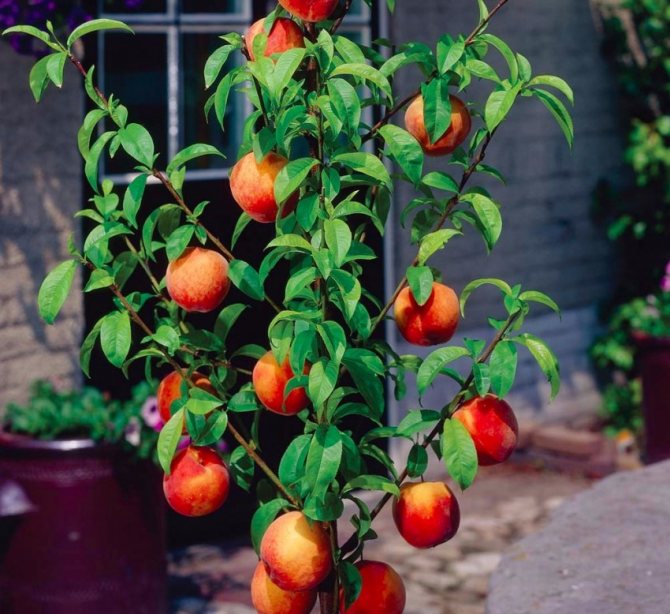

Fig peach
This fruit has nothing in common with figs, although many people consider it to be the result of crossing these two species. The only thing these fruits have in common is their shape. Fig peach, whose varieties are not yet numerous, appeared not so long ago in markets and store shelves and immediately attracted attention with its flat shape.
Although the fig peach came to Europe from China at the beginning of the 19th century, it was not widespread, but its properties clearly exceed those of the usual varieties.
- The fig peach is quite frost-resistant, and its buds and ovaries are not afraid of spring frosts.
- The fruits have a small pit, which is considered a big plus from a gastronomic point of view.
- It tolerates transportation well and fits perfectly into boxes, although it cannot be stored for a long time.
- Ripening occurs in mid-August, fruits weighing up to 100 g have a diameter of up to 7 cm, as well as a deep "seam" in the middle.
- The taste is excellent. Peaches are juicy, with white fragrant flesh, sweeter under the skin, they change their taste near the stone.
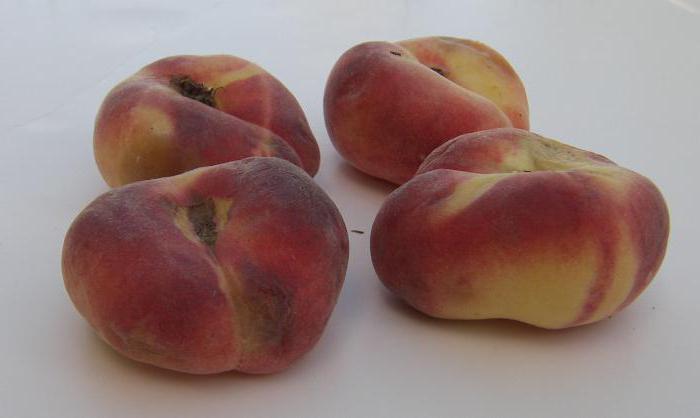

The most famous are two varieties of fig peaches - "Saturn" and "Vladimir". The first has medium-sized, cream-colored fruits weighing up to 100 g. "Vladimir" produces larger peaches - up to 180 g each with a very sweet and juicy pulp.
Frost-resistant varieties
You may be interested in: How to plant peaches correctly in the spring How to plant a peach tree in autumn Varieties of varieties of peaches and the choice of seedlings by characteristics
They are characterized by fast recovery after frost. Such plants include the Novoselkovsky species. The planting easily tolerates a temperature drop down to -30 degrees. With a greater fall, the flowers die, but the wood is restored over time. The Novoselkovsky species is resistant to fungal diseases. The harvest ripens by the end of July.
Another frost-resistant species is Golden Moscow. Differs in late flowering. Fruits grow to 175 g. The harvest can be harvested in mid-August.
Sibiryak endures high frosts. This species is mid-season. The planting begins to bear fruit from the age of 3. The pulp is sweet and sour.
Saturn is not only a frost-resistant species, but also an unusual one. The shape of the fruit is flattened. Included in the group of fig cultivators.
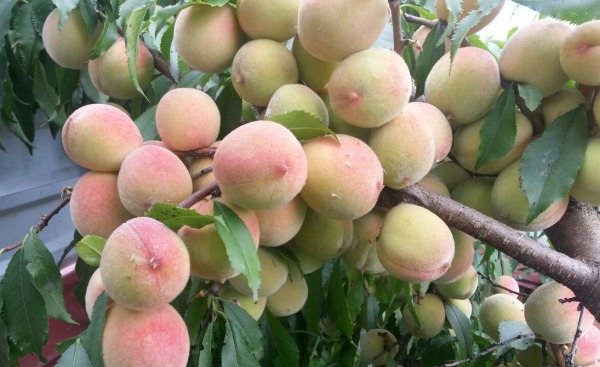

Choosing a place and soil for planting a peach
In order for the peach to bear fruit on the site as long and as much as possible, you should find a suitable place for it in advance. In no case should these trees be planted in lowlands, damp and windy places. The best place for a peach is on the southern, sunny side, completely sheltered from the wind.
It is also necessary to consider who was the predecessor of this culture. An area where strawberries, melons or nightshades grew is not suitable. After them, verticellosis may remain in the soil, which can infect a young seedling.
Before planting, it is imperative to add a complex of mineral and organic fertilizers to the planting pits.
Peach tree: planting rules
You can plant a plant in open ground in spring, autumn. The optimal planting time depends on the climatic zone. If spring and summer in the region are too hot, then the procedure is recommended to be carried out in the fall. In temperate climates, planting is carried out in the spring.
When choosing a landing site, consider the following:
- the site must be well lit, protected from strong gusts of wind;
- the distance from other plantings must be at least 3 meters;
- before planting the fruit, melons, nightshades, alfalfa, and strawberries should not have grown on this soil. Otherwise, there is a high probability of infection of the fruit with verticillosis;
- the soil is preferably nutritious, not heavy, not saline.
For planting, it is recommended to choose annual seedlings, they quickly adapt to the terrain, have a greater survival rate.
Saplings purchased in the nursery should be carefully and carefully examined for damage and disease. It is better not to buy seedlings with visible injuries, the percentage of their survival rate is quite small.
The pit is prepared a week before planting. Mineral fertilizers and ash are applied to the prepared soil. The seedling is planted on an earthen mound formed in the pit, then the rhizome is gently straightened out. The mound is created from the top layer of soil mixed with fertilizers. After that, the pit is covered with soil, watered, mulched with a thick layer of manure (about 10 cm). It is imperative to make sure that the manure does not come into contact with the stem of the seedling.
What tree is the peach grafted on? The peach tree on plum, cherry plum, apricot takes root well. The fruit takes root especially well on a wild apricot. Growing up, it is highly resistant to low temperatures and certain diseases.
Preparing the soil for planting
If the land is depleted, then it should be mixed with superphosphate (50 g), potassium chloride (50 g), wood ash (200-300 g) and humus or compost (up to 8 kg). This composition is used when planting seedlings in the spring.
If the planting is carried out in the fall, then it is enough to throw humus into the pit, sprinkle it 20 cm with earth and put a seedling on top. The optimal size of the pit for planting is 50x50x50 cm. When filling the tree, it is necessary to ensure that the grafting is 5 centimeters above the ground. Watering is carried out immediately after planting.
"Irganayskiy late"
Bright and large peaches. From the moment of harvest, they can be stored for up to 10 days without loss of taste. The pulp is tender, sweet and sour taste. Of the minuses, late fruiting.
The crop can be obtained only 5 years after planting. The variety is resistant to light frosts. From a commercial point of view, this variety is universal.
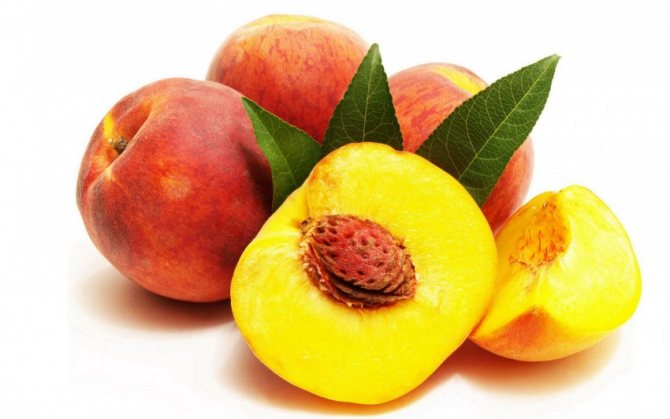

Peach care
Care, and to a greater extent pruning, depends on the variety of peaches. These trees easily tolerate aridity of the soil, but the lack of water hinders their development and the quality of fruiting. During a long absence of rain, it is recommended to pour 1-2 buckets of water under the tree once every 2-3 weeks. This work is carried out from the beginning of June until the middle of August.
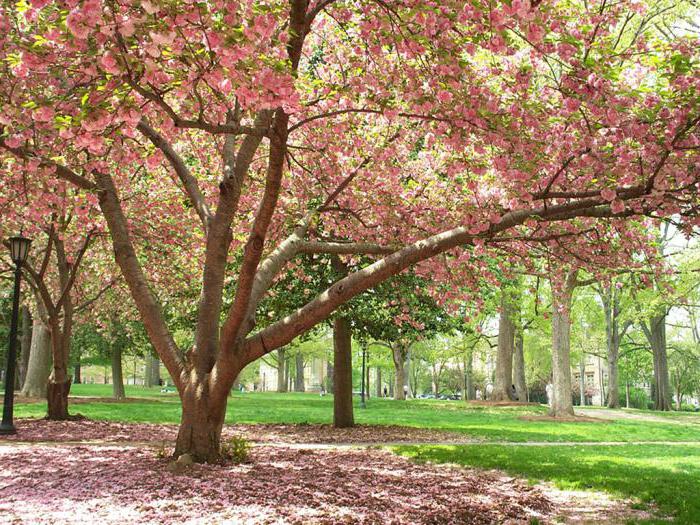

Top dressing is used during the spring and autumn digging of the site. After winter, nitrogen fertilizers are applied, for example, ammonium nitrate (70 g) or urea (50 g). They have a beneficial effect on the growth of shoots and the fruiting of the tree. In the fall, it is enough to add humus once every 2-3 years.
During the formation of the ovary in the peach, weak shoots should be removed and strong shoots should be left.This will help keep the tree vigorous and yield large yields.
How to care for a peach tree
Care during the season can be divided into several stages:
- Spring period: involves pruning in early spring, spraying against pests, fungal diseases (performed before the beginning of the flowering period), regular watering.
- Summer period: it is necessary to ensure regular watering, loosening the soil near the trunk, removing weeds. Also at the beginning of summer, the amount of ovary is regulated. The ovary is left at the rate of one per 10 cm. The excess flowers are plucked out. This procedure will help grow large fruits.
- Autumn spring: fertilization with organic substances, spraying against pests, diseases. Young seedlings are prepared for winter by wrapping the trunk with a dense cloth near the soil.
For intensive growth, abundant yield, it is necessary to feed the plant with organic fertilizers every year. During the ripening of the fruits, it is recommended to feed the culture with the composition of potassium sulfate. This will help make the taste of the fruit richer, more sugary.
Peach tree pruning
Pruning is carried out in early spring, before the buds begin to bloom. Wait for the buds to form before pruning the peach trees, but do not let them fully bloom. During this period, the fruit will most easily endure pruning.
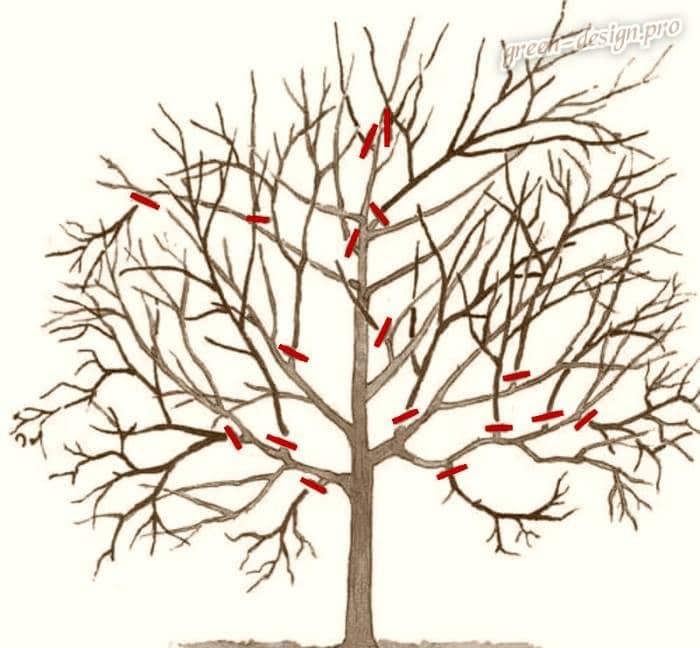

Branches are cut to form a crown, and they also carry out cleansing, health-improving cleaning. Recommended pruning methods:
- Remove dead, diseased and damaged branches. Sterilize pruning equipment in alcohol or a mixture of 1 part chlorine bleach and 5 parts water after cutting diseased branches.
- Prune the less weak of the two branches that intersect with each other.
- Prune the young tree so that its main branches are 30 to 45 cm apart and evenly spaced around the tree.
- Prune branches from the bottom third of the tree until the lowest branch is at your desired height.
- Thin a mature, flowering peach tree periodically, cutting off a few branches. This stimulates vigorous new growth and subsequent flowering. Cut off the selected branches to an outer bud or side branch.
To form the crown in the first year, the height of the shoots is cut, which makes it possible for the growth of lateral branches. Annual pruning should form a bowl-like crown suitable for harvesting.
Reproduction of trees
The main methods of reproduction: cuttings, grafting, seeds. When thinking about how to grow a tree from a peach seed, remember that most of the properties of the mother plant will be lost with this method of propagation. Therefore, it is recommended to purchase seedlings in nurseries or be vaccinated.
This video shows in detail two methods of getting used to a peach.
Vaccination is carried out in early spring, before the start of intensive growth of shoots. A healthy shoot is chosen for her, which has several buds.
The fastest way to get a full-fledged fruit is to plant seedlings from a nursery.
Peach tree diseases
This fruit is susceptible to a large number of diseases. Let's consider the most common problems that gardeners face:
- Why do the leaves curl on peach trees? or curly leaves... Often, this disease affects a tree if the spring is wet, prolonged. Bubbles of a pale red hue appear on the leaves, the foliage is deformed. Bubbles increase in size, swell, a whitish coating appears. Subsequently, the foliage falls off, the shoots are deformed. Fighting such a disease is a laborious, protracted process. In early spring, in autumn, the fruit is sprayed with 3% Bordeaux liquid. Damaged shoots must be cut and burned. Fallen leaves in the autumn also need to be burned.
- How to treat a peach tree from aphids. Aphids are a common pest that affects the fruit, reduces its immunity, contributes to the appearance of a sooty fungus. Small affected areas can be treated with a solution of laundry soap. In case of heavy damage, it is recommended to use products like Karboforos. The treatment of the affected areas is carried out several times with an interval of half a month.
As a preventive measure, it is necessary to process the fruit annually (in spring, autumn). How to spray the peach trees depends on the gardener's preference. Now a large number of drugs have been developed that effectively fight infections, pests, are safe for people and the environment.
Pruning peach trees
For a long and fruitful life of a peach tree, several types of pruning are used throughout the entire time:
- Crown-forming pruning significantly improves fruiting and the quality of the fruits themselves. Placing a seedling in the ground, you should find out in advance which crown should be formed in this variety.
- Thinning gives room for stronger shoots.
- The tree is healed by pruning frost-damaged or rotting branches. Held every spring.
- To rejuvenate the peach, deep pruning of branches is carried out in trees over 7 years old.
This simple work will produce a bountiful harvest of peaches.
Juicy "Redhaven"
Round, large fruits are beneficial from an economic point of view. The species for home cultivation is also suitable. The pulp is tender, bright in color, has a delicate aroma and amazing taste.
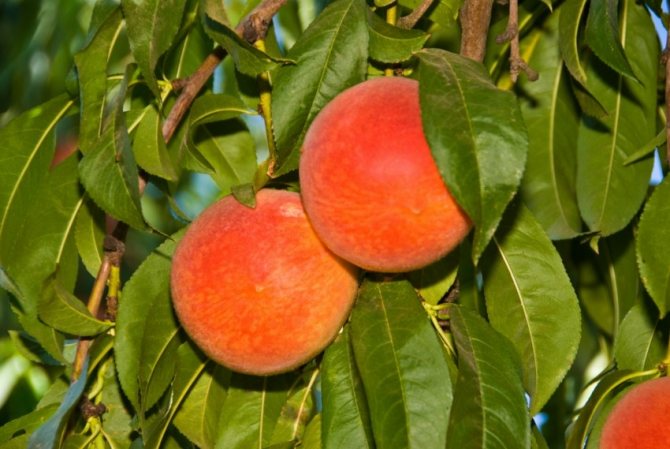

Up to 100 kg can be harvested from one tree. Belong to early maturing varieties. The disadvantages include low frost resistance. Timely watering, pruning and fertilizing ensures high yields.
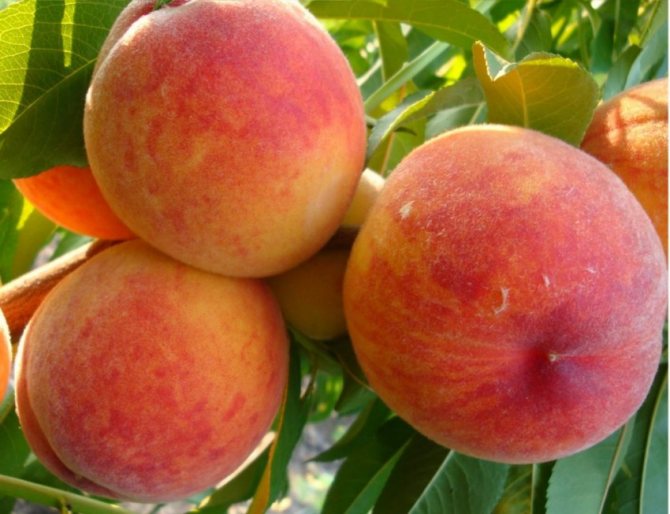

Pests
Peaches have only 3 serious "enemies", and their prevention must be carried out at the proper level.
- Moniliosis is a fungal disease of stone fruit trees. To get rid of the consequences of its spread, it is necessary to cut the branches below the affected area three times - in the spring, then immediately after flowering and in the fall.
- Curl on the leaves is also caused by a fungus, for the prevention of which the tree should be sprayed with a 1% solution of Bordeaux liquid - in the spring before budding, after harvesting and after the foliage has fallen off.
- Powdery mildew is treated in the same way as moniliosis.
If you carry out these preventive work and cut off the branches in time, then the tree will bear fruit for a long time and abundantly.
How to choose the right variety
Determining the choice of a variety is not easy. You can buy the desired planting material from friends who are engaged in breeding. They can see with their own eyes what kind of variety it is, when it bears fruit, what the taste of the fruit is.
The second option is to order in the nursery, but on condition that the nursery is located nearby. A seedling brought from another climate may not take root and die. You can decide in advance by reading the notes on the Internet. So - you can plant several types:
- Early varieties that bear fruit from July.
- Mid-season - August.
- Late - September-October.
All three varieties are a good option to harvest throughout the season.
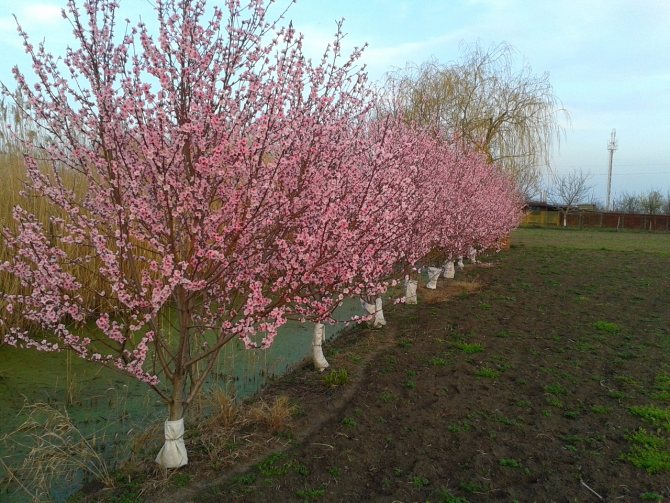

The shape of the fetus can also be different:
- peach with fleecy skin;
- nectarine - with a smooth surface, the variety requires additional shelter for the winter;
- fig look - flattened, needs insulation.
There are many species that are considered wild. The pulp does not have a pronounced taste, therefore such plants are planted for decorative purposes or derived from them more productive and tasty varieties.
For the middle lane, it is advisable to choose frost-resistant species that can withstand temperature drops. These are: Donetsk yellow, "Glo Haven" with fruits weighing up to 250 g, Krasnodarets, Greensboro, "In Memory of Rodionov", frost, fury, veteran.
Differences between grafted and seed-grown plants
Bone-grown trees are more adapted to the conditions of the region. Begin to bear fruit in 3 - 5 years. Perhaps earlier, but subject to landing immediately in a permanent place. Seed plants live 5 to 10 years longer, as they have strong immunity.
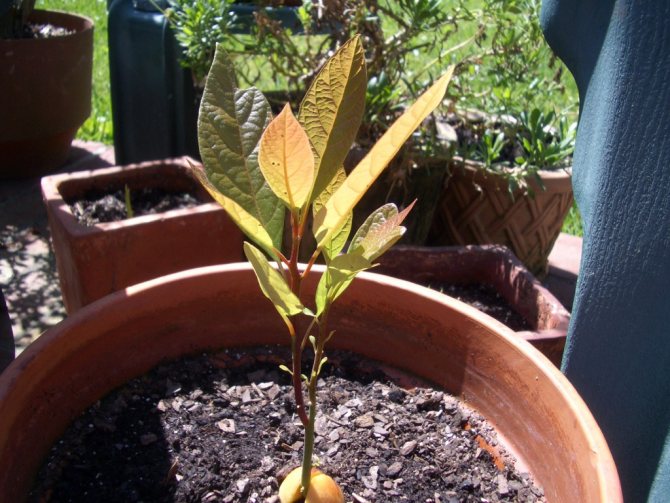

Grown grafted plants are capable of bearing fruit for 15 to 20 years. If the seedling is brought from a warm region, then the climate change will affect the quality and quantity of fruits. Peach is a southern, thermophilic plant. It is harmed by constant sharp changes in temperature, therefore, special attention should be paid to feeding the peach after harvest, so that the plant has time to recuperate in the winter.
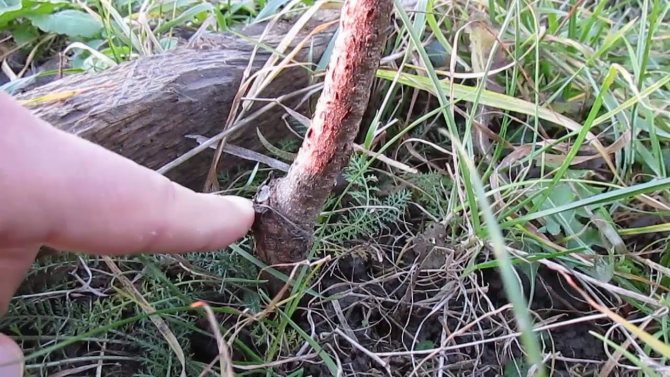

How to protect a fruit tree from sunburn
Is it possible to protect peach trees from sunburn, because crops grow best in the south, where solar activity is high. The most dangerous time for leaves is early spring. During the day, the cells of the cortex come to life, and at night, when the temperature drops below zero, they cannot withstand temperature changes and die.
To prevent this, half of the trunk is whitewashed with ordinary lime. Peaches are whitened several times in the fall. Often autumn rains wash away the whitewash from the bark. Another method is to wrap with parchment paper or natural cloth. It is undesirable to use synthetic fabrics, after the snow melts, the bark in these places will rot.
Landing features
Almost all varieties of peach trees among experienced gardeners are considered a rather capricious culture that requires a lot of attention and care. However, the Kievskiy early variety takes root well on any kind of soil, withstands frosts and brings abundant regular harvests.
Selection of seedlings
When purchasing peach seedlings of the Kievsky early variety, you must carefully examine them for damage or possible diseases.
A healthy two-year-old has a well-formed root system with several skeletal and lateral roots 30–35 cm long. The ground part of the seedling has a trunk with 3-5 branches without dried out areas.
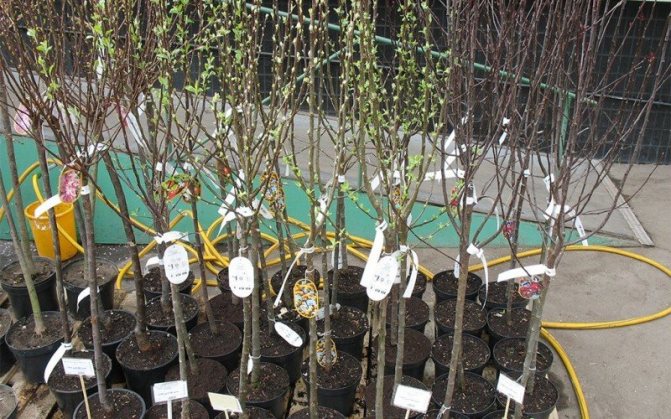

A good seedling has an even stem, on which there are no mechanical damages and too many lateral branches
Dates and place of landing
The Kievsky early peach variety prefers light fertile and well-drained soils, poorly tolerates swampy areas. When choosing an area for planting, it is worth considering the distance of groundwater flow from the surface of the earth, which should be at least 1.5 m.You also need to make sure that peach trees do not need sunlight and are reliably protected from gusty northern winds. Given the earlier flowering of the peach, young trees are best planted on the south side of the summer cottage.
Saplings are much more susceptible to frost than adult trees, so spring (April) is considered the best season for planting this peach variety. However, it is necessary to prepare the soil and form a hole for planting trees in the fall (in September).
Site preparation
Before digging holes for future plantings, you must carefully prepare the site. The main procedures for improving the soil are deep plowing, moistening, as well as clearing weeds, last year's foliage, fruits and remnants of the roots of other crops.
When plowing, for each square meter of the plot, a fertilizer mixture consisting of 15 kg of humus, 200 g of superphosphate, 100 g of potassium chloride and 400 g of wood ash is embedded in the soil to balance the pH level.
After 2-3 weeks, you need to dig holes. Having separated the top layer of soil from the bottom, you need to mix it with fertilizers. To do this, take 10 kg of compost or humus and 200 g of potassium sulfate and superphosphate. To create drainage, the bottom of the pit is covered with gravel or fine brick with a layer of 7-10 cm.
Step by step process
Despite the unpretentiousness of the variety, the healthy growth and development of the peach tree is largely dependent on proper planting. Observing the stages of planting a seedling in the soil, even a novice gardener can easily cope with this task.
- Drive a stake 3-4 cm in diameter and at least 1.5 m long into the middle of the previously dug hole.
- At the bottom of the hole, form a mound of earth, on which to install the seedling, carefully spreading the roots.
- Sprinkle the seedling with soil to the top of the hole and tamp it lightly.
- Tie the trunk of the tree to the stake with an eight-shaped string.
- Pour 2-3 buckets of water over the peach and mulch with peat and sawdust in a layer of 6-8 cm.
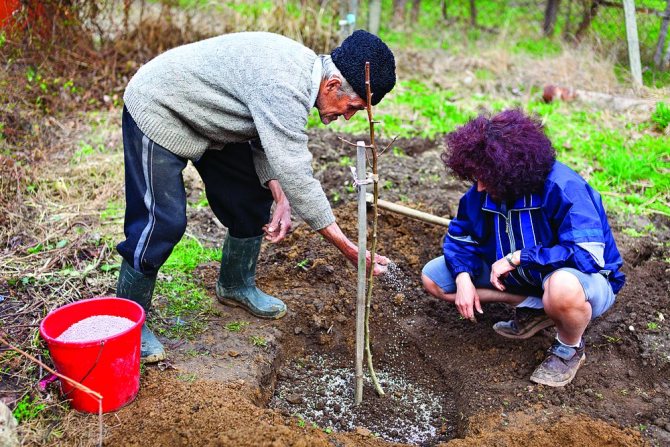

If the seedling is deeply deepened into the soil, this will contribute to the necrosis of the lower part of the trunk bark, which negatively affects the tree itself and its proper development.
Pollinators
Like many other varieties of peach, Kievsky early is self-fertile. However, in order to obtain a bountiful harvest, it is recommended to plant 2-3 pollinators on the plot. All varieties that bloom at the same time as Kiev early are suitable, for example, Redhaven, Favorite Moretini, Greensboro, Velvety, May flower.
The best pollinators for peach Kiev early - photo gallery
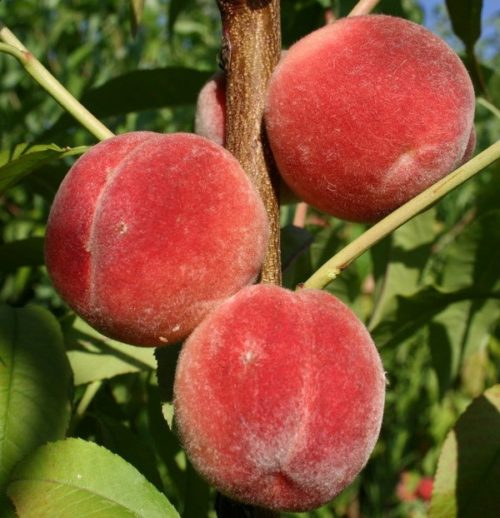

Favorite Moretini - self-pollinating, early-growing peach variety
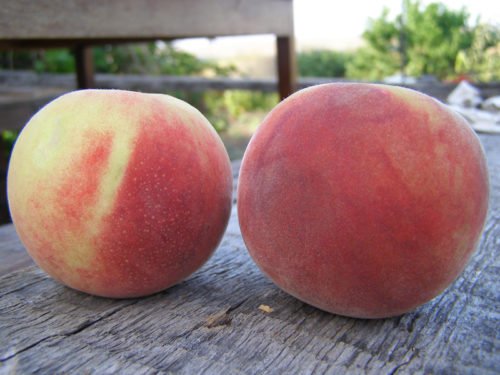

Redhaven is the benchmark for other peach varieties
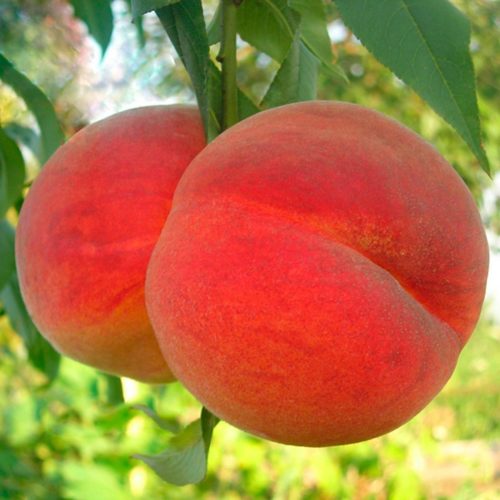

May flower is the earliest American-bred table peach.
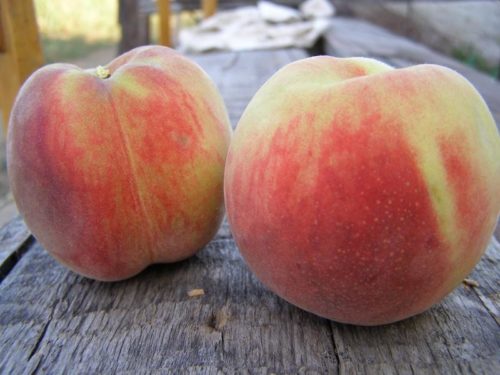

Greensboro peach variety is frost resistant
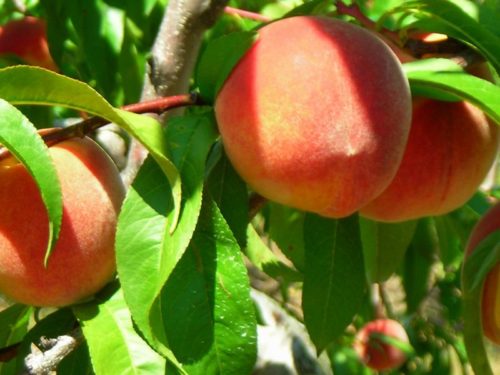

Velvety variety has a high yield
Always be open and active
Peach - planting, grooming and pruning
Peach (Latin Prunus persica) is a plant of the Almond subgenus of the Pink family. Where the plant came from, there is no reliable data. In any case, it is known that the peach of David grows in the nature of Northern China, which is a wild form of the common peach. In culture, the tree is cultivated in warm regions, and China is the champion in industrial cultivation of peaches.
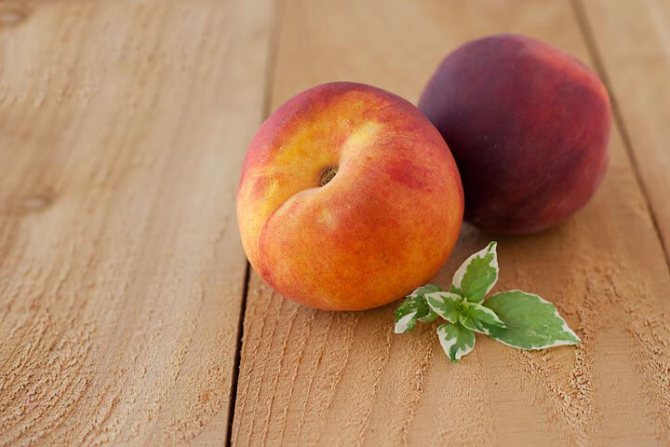

Peach tree - description
The peach root system is located close to the surface - only at a depth of 20-50 cm. Peach trees reach an average height of 4 m, and their crown can grow up to 6 m in diameter. Peach leaves are lanceolate, finely toothed at the edges. The flowers are pink or red, almost sessile, open in mid to late April, before the leaves appear on the peach, so from a distance the blooming peach resembles sakura. Peach fruit, usually velvety, can be flat, rounded or elongated-elliptical with a groove on one side. The fruit bone is wrinkled, furrowed, with a pointed apex.
Peach trees begin to bear fruit in 2-4 years from the moment of planting, the fruiting period lasts 10-15 years. Peach, like mango and oranges, is one of the most delicious fruits with the finest aroma and refreshing taste. It is related to such fruit trees as almonds, from which it differs only in fruits, apricot, irga, quince, chokeberry, plum, mountain ash, hawthorn, wild rose, cotoneaster, apple, pear and medlar.
We offer you carefully selected material on how to grow a peach in your garden and how to properly care for a peach, how to process a peach from pests and diseases, how to fertilize a peach throughout the season and how to plant a peach if you have a desire to start breeding it ...
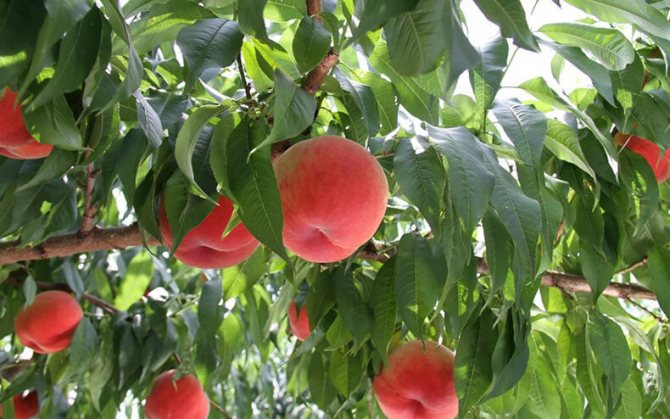

Planting a peach
When to plant a peach
Planting time for peaches depends on the climatic characteristics of your area. The further south you live, the more expedient it will be to plant a peach in the fall. In the northern regions, it is better to plant seedlings in open ground in the spring, so that during the spring-summer season the trees take root well and have time to grow. The conditions of the middle lane make it possible for both spring and autumn planting of a peach, but it is better to give preference to the latter.
For the peach, choose an elevated and protected from the wind, but sunny place on the south side of the site. Large trees, shrubs and buildings should not cover the seedling from the sun. Place the peach at least 3 m away from other plants. Do not plant peaches where strawberries, alfalfa, clover, nightshades, and melons grew before it, as it can get verticilliosis. After the listed plants, a peach can be planted on the site only after 3-4 years.
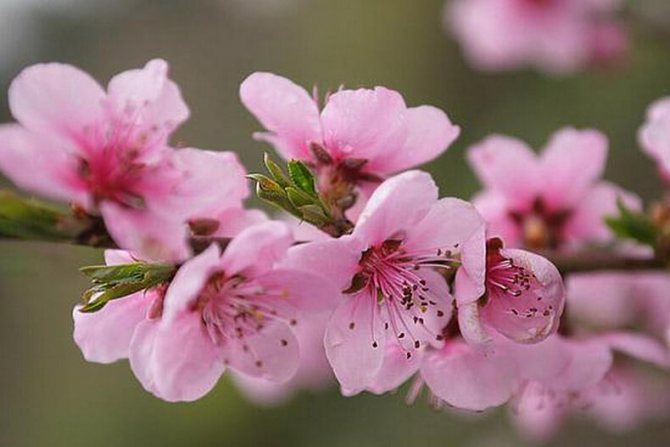

Planting a peach in spring
The pit for the seedling must be dug out in advance - the more time passes from digging the pit to planting a tree, the better the soil will be. If you are planning to plant a peach in the spring, prepare a pit for it in the fall, six months before planting. The depth of the pit depends on the size of the root system, but, as a rule, a hole for a seedling is dug with a diameter of 50-70 cm, and its depth should be the same. A strong long peg of such a length is driven into the bottom of the pit in the center so that it protrudes at least half a meter above the surface level.
Planting and caring for nectarine in the garden
If the soil on the site is poor, the top layer of soil removed from the pit is mixed with rotted manure, humus or compost in an amount of 5-8 kg, 200-300 g of wood ash, 50 g of superphosphate, 50 g of potassium chloride are added and everything is mixed carefully. Only mineral fertilizers and ash are added to the fertile soil. The soil with additives is poured with a slide in the center of the pit.
When buying seedlings, it is worth asking how they are adapted to the area in which they will grow. Make sure that the place where the scion grows with the stock is smooth, without sagging. The peach bark and its root system must also be healthy - pinch off a piece of the bark: its underside should not be brown, but green. Examine the roots of the seedling carefully to make sure they are not dry or rotting. Annual peach seedlings take root best in the open field.
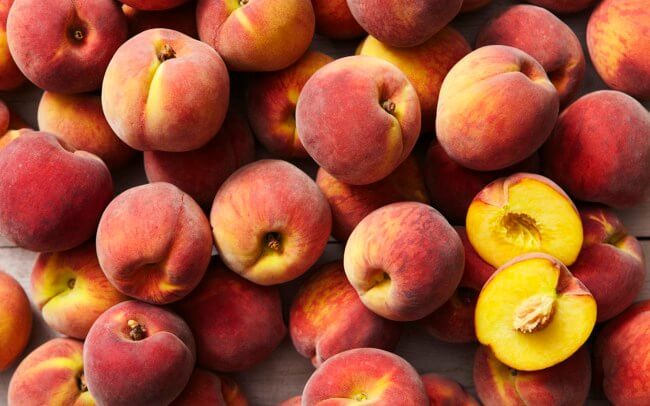

The tree is placed on a mound in the center of the pit, its roots are carefully straightened and the foundation pit is covered with soil. As a result, the vaccination site should be several centimeters above the surface of the site. The soil is trampled from the edges of the trunk circle to the trunk, then the seedling is watered with two or three buckets of water. When the water is absorbed and the earth settles, tie the tree to a peg, and cover the near-stem circle with a layer of manure 8-10 cm thick. Make sure that the mulch does not come into contact with the stem of the seedling.
Planting a peach in autumn
A pit for a seedling is dug out at least 2-3 weeks before the autumn planting, but in the fall only ash and mineral fertilizers are mixed with the soil. The soil with fertilizers, as during the spring planting, is poured with a slide in the center of the pit around the peg. They plant a peach in the fall in the same way as in spring, but after planting and watering the seedling, when the soil dries up, the tree is spud up to a height of 20-30 cm, and on the eve of the cold weather, the peach trunk is wrapped in burlap, making holes in it for ventilation from the south side.
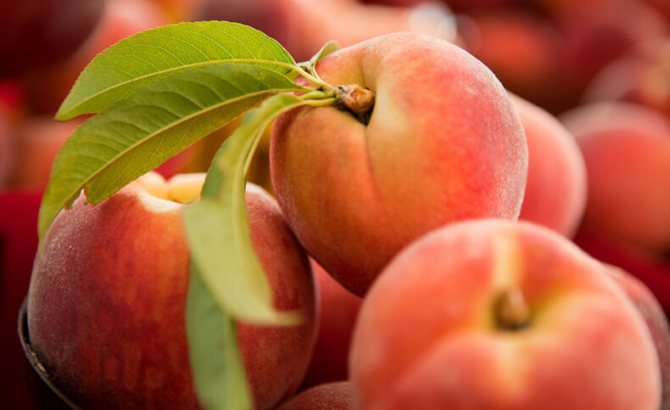

Peach care
Spring peach care
Peach care begins in mid-April: the first procedure is the processing of the tree along the swelling buds from the moth, aphids and other pests. Then you have to process the peach with a 3% Bordeaux liquid from fungi. On a pink bud, a peach is pruned to replace and treat fungi with preparations replacing the Bordeaux liquid, since it is impossible to spray a peach with copper-containing preparations during the active growing season.
After flowering, a combined treatment of trees from pests and diseases is carried out.
If the winter was snowless and the spring is dry, do not forget to water the peach in May.
Summer peach care
After the extra ovary falls off the tree, distribute the load of fruits on the tree: on each fruiting shoot, leave so many fruits so that there is one ovary for 8-10 cm in length, remove the rest of the fruits.Monitor the condition of the soil in the near-trunk circle - loosen the soil and remove weeds. The peach needs watering in summer, especially when there is a prolonged heat, but first wait until the seed hardens, otherwise the fruits will begin to crack. In order not to lose the harvest, treat the tree from diseases and pests.
Before harvesting the fruits, it is advisable to carry out 2-3 foliar feeding of the peach with potash fertilizers to increase the sugar in the fruits, which can be combined with treatment against pests and powdery mildew. Watering the peach is carried out no later than a month before harvesting - this will increase the size of the fruit by a third.
Peach care in autumn
A peach in August and September lays and forms flower buds, and their winter hardiness directly depends on the amount of moisture in the ground, therefore, moisture-charging peach irrigation is so important, which is carried out during these periods.
If you notice that your tree is often affected by fungal diseases, as a preventive measure in October, when the leaves begin to change color, treat the peach with a 3% Bordeaux liquid, and after falling leaves with a 1% solution of copper sulfate or 7% urea solution.
In the fall, organic and mineral fertilizers are embedded in the soil of the trunk circle, which should be enough for the tree until spring.
Watering the peach
The number of waterings during the growing season depends on weather conditions, but on average, early peach varieties are watered 2-3 times per season, and later ones - 5-6 times. For a session, from 2 to 5 buckets of water are consumed per tree. Watering is carried out in the early morning or evening. The first time the peach is watered at the beginning of June, and if the winter was without snow, and the spring was without rain, then it is better to water the plant at the end of May. The next watering is carried out in the first half of July, and the third - in the first half of August. Try to wet the soil to a root depth of 60-70 cm.
It is very important 3-4 weeks before harvesting to water, which will allow the fruits to gain mass. The amount of water for each square meter of the trunk circle is 30-60 liters, depending on the age of the tree. After that, until the very harvest, the peach must not be watered, otherwise its fruits will become watery and lose their sugar content.
No less important is the winter watering of the peach, which saturates the soil with moisture and increases the winter hardiness of the tree. Water consumption for water-charging irrigation is 90-100 liters per m² of the trunk circle.
Peach wintering
The peach is a thermophilic plant, and for the winter it needs to be covered: next to the trunk, two pegs are driven into the ground as high as a tree stem and wrap the trunk and pegs with a bag of sugar. You can make a box out of cardboard around the trunk and wrap it with plastic. If your winters are not too cold, sprinkle the peach stem with earth to a height of 50-60 cm.The trunk circle for the winter is mulched with a layer of peat or humus 10-15 cm thick.
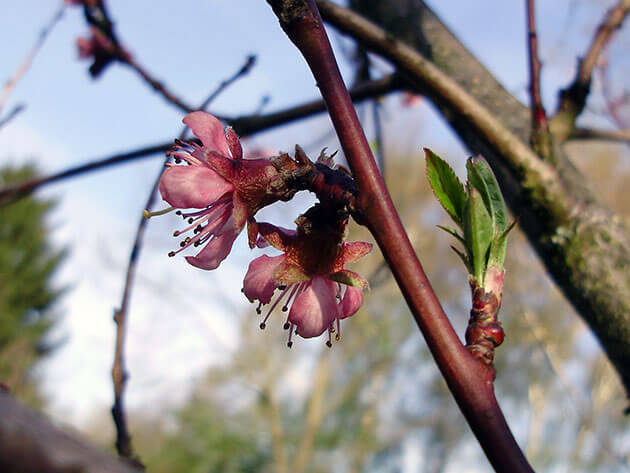

Peach pruning
When to trim a peach
The best time to prune a peach is two to three weeks between the start of sap flow and the start of flowering. The easiest way for a plant to endure a haircut is from the beginning of the appearance of pink buds to the beginning of their opening - this is a period of time about a week. At this time, the risk of infection of the peach with cytosporosis is minimal. Sanitary pruning of the tree should be done after harvest.
The formation of the peach must be started from the first year of growth, and the formation will be completed only after four years. How necessary is formative crown pruning? First, it regulates the balance between the crown and the root system of the plant. Secondly, it keeps the tree healthy. Thirdly, it promotes earlier entry of the peach into fruiting, and also provides you with convenience when harvesting.
How to trim a peach
Peaches of different ages are pruned differently. The crown of a tree is usually shaped like a bowl.How it's done? In the year of planting, the seedling guide is cut at a height of 60-70 cm. The peach branch located above all should have a wide discharge angle. Select two more growths just below, located at the same angle, and cut all three branches to 10 cm at the outer buds. Cut off the rest of the shoots located on the trunk and conductor immediately after the buds open.
On skeletal branches of trees in the second year of life, it is important to maintain an optimal slope. Continuation growths are shortened to 60-70 cm. Strong upper and lower growths are removed, lateral growths are thinned out, and those that remain are shortened into two buds.
On the upper skeletal branch of trees of the third year of life, two powerful branches of the second order are selected and cut off to 60 cm from the bifurcation of the main branch. The part of the conductor that rises above the upper branch is cut off. The upper and lower sides of the skeletal branches are freed from powerful growths. Annual growths that have reached 80 cm in length are cut into two buds to form a fruit link. The lower shoot is pruned to 50 cm. On branches shortened by two buds last year, the upward growths are shortened for fruiting, and the lower ones by two buds. Fruit links will be formed from them next year.
In the fourth year of the peach's life, two successful third-order branches are selected on the second-order branches of the skeletal branches and shortened by a third of the original length. On the branches of the second order, the formation of fruit links is completed, and the increments on the branches of the third order are thinned out and some are cut short - into two buds, and the rest are not touched in order to use them as unstable fruit-bearing branches. On fruit links of the first order, non-fruiting parts are removed. The branches of the lower growth cut short last year are cut into two buds located below. On the upper growths, 7-8 groups of buds are removed to stimulate future fruiting.
Spring peach pruning
Formative pruning, which we told you about, is carried out in the spring in order to give the crown a cup-shaped shape that is convenient for peach care and harvesting. But peach pruning also serves sanitary purposes: after spring, frozen, diseased or damaged branches can be found on the tree, which must be removed. After pruning, process the cuts with garden pitch.
Peach pruning in autumn
In the fall, trees are prepared for winter: they carefully cut off old, diseased, dry and damaged branches during harvesting, as well as those that grow inside the crown, thickening it: the tree should spend energy and nutrition only on healthy branches and shoots, which next year will give a harvest. Formative pruning is not done in the fall; there will be time for this in the spring.
In summer, the fruiting peach is not unnecessarily pruned.
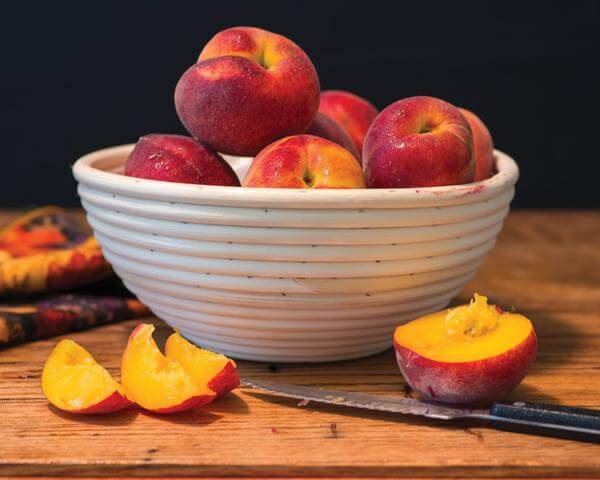

Peach propagation
How to propagate a peach
Peaches are propagated by seed, grafting and grafting. It is possible to grow own-rooted peaches from cuttings only in the conditions of horticultural farms, since it is very difficult for an amateur to create the conditions necessary for rooting cuttings.
Growing a peach from seed has some disadvantages: a seed-grown plant may not inherit the characteristics of the mother tree. In addition, it is not so easy to find a good seed: peaches are usually sold in stores and supermarkets, from the seeds of which it is difficult to grow something, and market peaches do not always meet the necessary requirements. It is best to take seed from the owners of healthy zoned peach trees, and then all that remains is to meticulously follow the instructions for growing peaches from the stone developed by experts.
There are disadvantages to the method of propagation of a peach by grafting. Firstly, it is not so easy to get the right stock, and if you grow it yourself, it will take at least a year.Secondly, it is necessary that there be compatibility between the tissues of the scion and rootstock, otherwise they will not grow together. Thirdly, you need to meticulously follow the instructions, otherwise the slightest mistake can nullify all your efforts.
Peach propagation by seeds
Seed propagation of a peach, in addition to its disadvantages, has undoubted advantages:
- self-rooted seedlings grown from stone live twice as long as grafted peaches;
- they are more resistant to droughts, cold weather, gum flow and other diseases;
- in some cases, self-rooted seedlings surpass their parents in many characteristics.
If you are eager to grow a peach from a seed, we are ready to tell you how to do it right.
Find an area for future peaches located no closer than 3-4 m from any mature trees, large bushes and premises. The place should be sunny, but at the same time protected from the cold winter winds. Planting is best done in October or November, so that the seeds in the ground over the winter undergo natural stratification.
Before planting, the bones are not soaked, on the contrary, they are dried in the shade and, carefully opening, the kernels are removed from them. A trench is dug at the site, filled with fertile loose soil, in which peach seeds are planted every 25-30 cm to a depth of 5-6 cm. After planting, the seeds are sealed and watered. Do not panic if you do not see shoots for a long time: first, a root will develop from a seed, and only then a sprout will appear. That is why the soil is poured into the trench soft and loose. At first, the site is watered daily. When shoots appear in spring, they are fed with a weak solution of humus, and the seedlings are treated on the leaves with Ridomil or Tiovit preparations - also of weak concentration.
Peach seedlings are transplanted three times. The first time a peach, together with an earthen lump, needs to be dug out when 8-10 leaves have formed. The central root of the seedling is carefully cut 6 cm below the root collar, then the seedling is planted in its original place, after which the soil is compacted and watered around it.
The second transplant is carried out when the peaches reach a height of 90-100 cm.This is done in the spring, before the sap flow begins: the seedlings are dug around the perimeter at a distance of 25-30 cm from the stems and, having taken them out together with the earthen lump, are transplanted, interchanging with each other.
The third time the peaches, when they grow up and get strong enough, are transplanted to a permanent place.
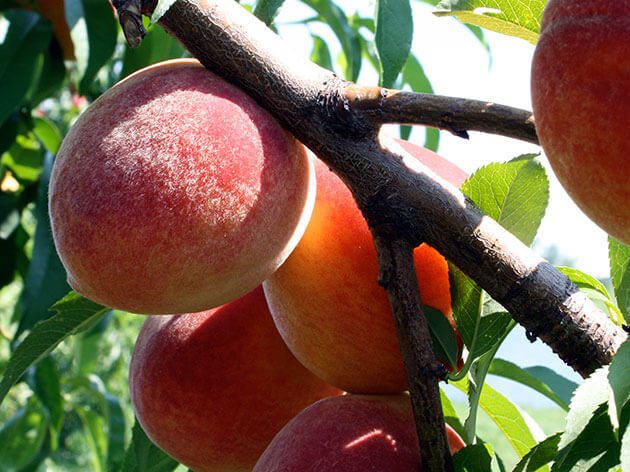

Peach varieties
Peach subspecies
The Peach species is divided into several subspecies:
- peach - we gave its description at the beginning of the article;
- peach (or almond) Potanin - a low-growing tree, reaching a height of 2 m, with reddish bark, large white or pink flowers and rounded fruits with an elongated stone, unsuitable for food. This type of peach is found only in the nature of China. Since the fruits of this subspecies do not represent nutritional value, it is not grown in culture;
- peach of david - a tree that grows up to 3 m in height. The fruits of this subspecies are small, with a dry pericarp and a slightly juicy sweet-sour pulp, therefore, David's peach is grown mainly for decorative purposes;
- gasuan peach native to the wild in China. This is a medium-sized tree with a height of 3-4 m, it looks very impressive during flowering, when it is covered with small pink and white flowers. The fruits of this peach with low palatability are small, round, yellowish, with hard white flesh. This subspecies serves as the basis for breeding valuable varieties of common peach, endowing them with its disease resistance and frost resistance;
- peach peace - a wild, tall-growing oriental subspecies, reaching a height of 8 m, with spherical fruits of low palatability. Does not represent value for cultivation;
- nectarine very similar to a peach. Its main difference is its smooth, slippery skin.The color of nectarine can be yellow, white or yellow-red. The pulp of the fruit is juicy, yellow, not as sweet as that of a peach, but the seeds in the seeds are just sweet, they can be used as almond kernels;
- some scientists also distinguish into a separate subspecies fig peach, or Fergana, which is a tree up to 5 m high with a wide spreading crown. This subspecies has nothing to do with figs. The fruits of the fig peach are round and flattened, with a depressed apex. The peel is slightly pubescent, dense, yellow with a greenish tinge. The pulp is light yellow, fibrous, sweet and aromatic. The bone is small. The advantage of the variety is resistance to freezing of buds and buds.
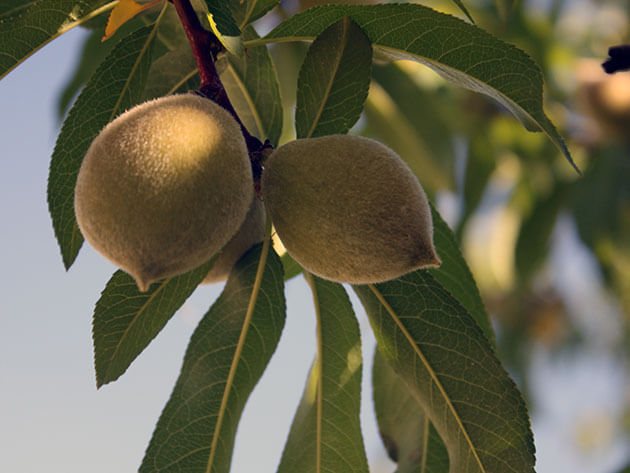

Peach varieties
Today there are many varieties of peach, the fruits of which differ in shape, size, aroma, taste, color and texture of the skin and pulp.
By the type of fruit, peaches are divided into four classes:
- real peaches are velvety fruits, the pulp of which is easily separated from the stone;
- pavia - velvety fruits, the pulp of which does not separate from the stone;
- nectarines - naked fruits, the pulp of which is easily separated from the stone;
- brunions are naked fruits in which the flesh does not separate from the stone.
By the color of the fruit, varieties of peaches are divided into:
- yellow (In memory of Rodionov, Solnechny, Donetsk yellow, Glo Haven and Bohun);
- red (Suncrest, Harmony, Krasnodarets);
- green (Juicy, Grisborough).
The best varieties of nectarine include Bountiful, Pink Princess, Autumn Blush, Rylines, Skif, Lola. And the best winter-hardy varieties of nectarine are Skif, Krasnodarets, Fodor, Lyubimets 1 and Lyubimets 2.
According to the ripening period, peach varieties are divided into early, mid-season and late.
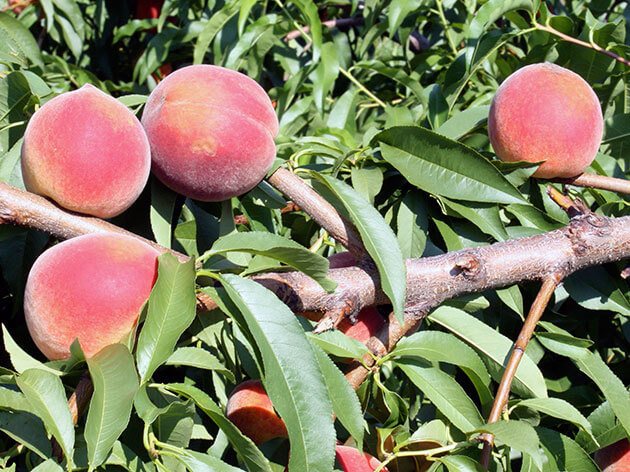

Early peach varieties
The best varieties of early ripening peach include the following:
- – Morettini - a very early self-pollinating, early-growing variety of Italian selection, which begins to bear fruit 2-3 years after planting. The yield of this variety is up to 30 kg per tree. Fruits of medium size, weighing up to 115 g, are covered with a bright yellow, gently pubescent skin with a bright red blush in the form of spots and dots, occupying 60% of the fruit surface. The pulp is yellow-creamy, aromatic, juicy, with delicate fibers. Medium stone is difficult to separate from the pulp;
- – Velvety - a medium-sized fruitful variety with medium and large fruits weighing up to 140 g, rounded, bright yellow in color with a carmine blush, almost completely covering the surface. Fruit pubescence is weak, suede. Very juicy flesh of golden yellow color with delicate fibers of excellent taste. A small bone does not separate well from the pulp;
- – Kiev early - early ripening, winter-hardy and high-yielding variety of Ukrainian selection, undemanding to growing conditions. Rounded-elongated light yellow fruits of medium size weighing up to 100 g can sometimes be covered with a bright blush. Fruit pulp is greenish-white, juicy, tasty;
- – Redhaven - a variety resistant to frost and curl with large fruits weighing up to 150 g, orange-yellow in color with red spots and specks. The pulp is yellow, tender, very aromatic. Unfortunately, trees of this variety, if agricultural technology is not followed, are attacked by fungi;
- – Collins - winter-hardy and fruitful variety, resistant to powdery mildew and curliness, with pubescent fruits weighing up to 150 g, red-yellow color, sweet taste with pleasant sourness. This variety requires careful maintenance - frequent feeding, watering and timely pruning.
In addition to those described, such varieties as Forest-Steppe Early, Juicy, Fluffy Early, Memory of Rodionov, Greensboro, Novoselovsky, May Flower, Arp, Early Rivers, Domestic, Excellent, Red Bird Kling and others are popular.
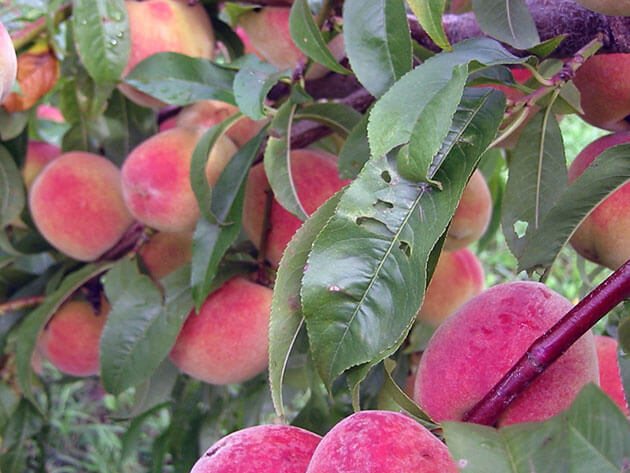

Medium peach varieties
Of the medium-ripening peach varieties, the following are most often grown:
- Veteran - a winter-hardy high-yielding variety of Canadian selection with rounded, slightly pubescent fruits weighing up to 130 g of yellow color with a red blush covering a significant part of the surface. The pulp of the fruit is yellow, medium density, juicy, aromatic, sour-sweet. The bone is easily separated from the pulp. The variety is resistant to powdery mildew;
- Ambassador of Peace - a winter-hardy self-fertile fruitful variety with very large fruits weighing up to 220 g of yellow-carmine color with dense yellow, juicy, fibrous pulp of a pleasant taste, which is poorly separated from the stone. Peaches of this variety ripen in mid-August;
- nectarine Krasnodarets - a variety with small rounded fruits with a barely noticeable seam, weighing up to 50 g, yellow in color with a bright red blush, consisting of dots and stripes. The skin of the fruits of this variety is smooth, without pubescence. The pulp is yellow, juicy, tasty, with delicate fibers;
- Soviet - a variety zoned for the southern regions of Ukraine with oval-blunt fruits weighing up to 170 g, slightly compressed from the sides. The skin is medium velvety, yellow with a carmine blush. The pulp is yellow, medium-fiber, very juicy and aromatic. Medium-sized stone is easily separated from the pulp;
- friendship - a winter-hardy variety derived from Chinese material, with rounded fruits weighing from 140 to 250 g with a ribbed abdominal seam. The skin is soft and elastic, with barely noticeable pubescence, creamy yellow, with a blush of dots and red streaks. The pulp is creamy white, sweet and very juicy, easily separated from the stone.
Of interest are also mid-season peach varieties White Swan, Golden Jubilee, Champion, Dakota, Tuscany Kling, Double Mountain, New Yielding, Fine, Pineapple Nectarine, Salami and others.
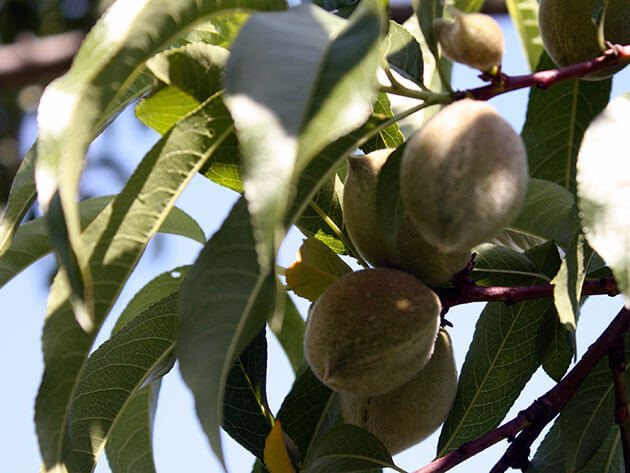

Late peach varieties
There are not so many late varieties of peach as there are early and mid-season ones, but for a thermophilic culture this is in the order of things. The best of the late varieties are:
- Jaminat - a high-yielding variety with elongated fruits, slightly compressed from the sides, bright yellow in color with marble red. Bright orange pulp of medium density, very juicy and sweet, with a barely noticeable sour aftertaste. The stone separates well from the pulp;
- – Irganai late - a frost-resistant variety with rounded fruits weighing up to 160 g. The skin is with suede pubescence, bright yellow, with beautiful red spots. The pulp is yellow-orange, sweet, non-fibrous. A small bone separates well from the pulp. The variety is not resistant to clotterosporia and curl;
- – Kremlin - a productive variety, zoned for the Crimea and southern Ukraine, with rounded fruits weighing up to 200 g with yellow-orange skin and marbled carmine-burgundy blush occupying a significant part of the surface. The skin is softly pubescent. Orange-yellow aromatic pulp of medium density and juiciness with a very pleasant taste is easily separated from a small stone;
- – Golden Moscow - a winter-hardy high-yielding variety with fruits weighing up to 180 g, bright yellow base color and a blurred red blush covering most of the fruit. The pubescence of the skin is weak, velvety. The pulp is yellow, fragrant, dense, of medium juiciness, well off the stone;
- – Tourist - a relatively winter-hardy variety, zoned for the Crimea and southern Ukraine, with fruits of a rounded wide-oval shape weighing up to 200 g, greenish-cream color with a blurred burgundy blush, occupying up to half of the fruit surface. The pubescence of the skin is weak, suede. Greenish-white fibrous pulp, medium density, juicy and aromatic, sweet taste with slight sourness. The large bone separates well from the pulp.
Aidinovsky oblong, Champion late, Khudistavsky late yellow, Geokchay late, Oktyabrsky and others also have good characteristics of their late peach varieties.
Cold protection
The most important autumn event is the protection of the crop from the cold. For this, complex work is carried out, which consists in digging, watering and mulching the soil.
Deep digging of the soil will eliminate pests, and mulching will protect the roots of the plant from freezing.
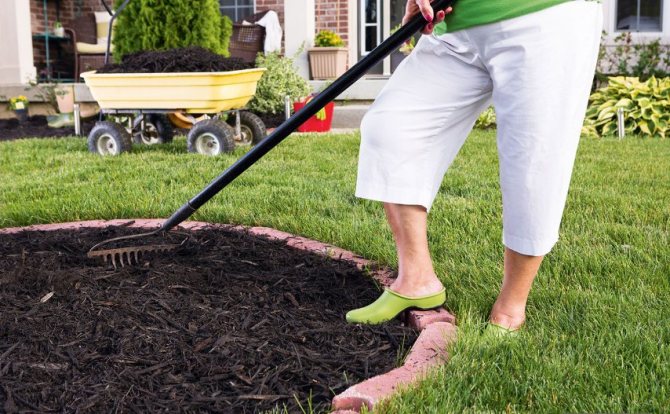

Work begins after the leaves fall at a positive temperature. Young seedlings are bent to the ground, the branches of the crown are carefully tied with a rope and covered with sawdust, straw or old tops.
Next, agrofibre or roofing material is placed. When it snows, you can put a small snowdrift on the tree.
Important! Do not use polyethylene or too dense material that does not allow air to pass through. Under it, the peach can dry out and get sick or even die.
Prevention of diseases and insects
Pest and disease control starts with prevention. Peaches suffer from a large number of diseases, especially if they grow in an unfavorable climate for culture. You can treat a tree from pests at any time of the year.
Leaf curl is the most common peach problem. Typical signs are blackening and drying of the leaves. They gradually fall off. If signs of curliness appear, the affected shoots are pruned and burned. The plant itself is treated with Bordeaux liquid or Abiga-Peak. Spraying is carried out four times at intervals of 2 weeks.
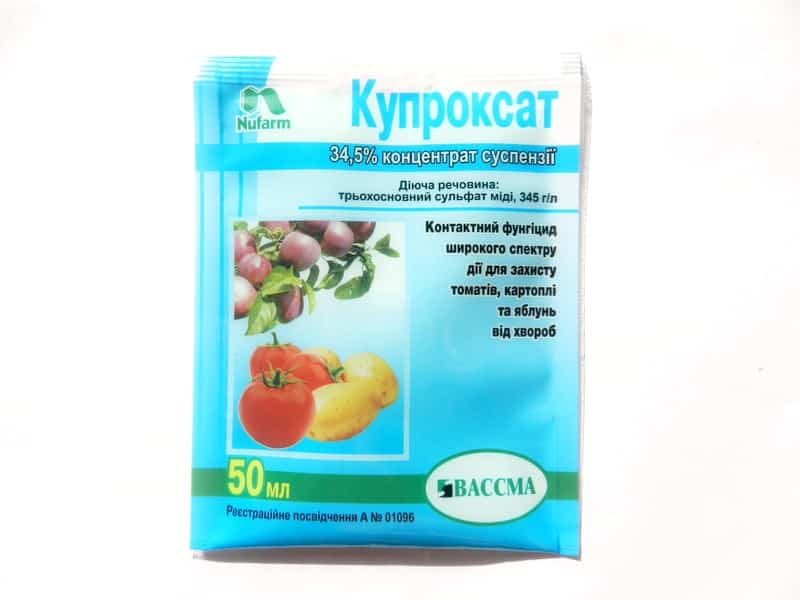

Another cultural disease is moniliosis. With signs of moniliosis, the affected shoots are cut out and destroyed. Peach is treated with fungicides. For example, "Kuproksat" or "Tsineb". Powdery mildew is destroyed with colloidal sulfur. The first time the plant is sprayed during bud formation and the second time after flowering (after about 2 weeks).
Of the insects on peach trees, aphids are often found. To combat it, use an infusion of garlic, dandelion or soapy water. Among the chemicals used are:
- "Decis";
- copper sulfate;
- Dursabon;
- "Confidor".
Weevils often appear on plants. Copper sulfate or insecticides will help. After flowering trees are treated with "Decis" or "Fitoverm". In autumn, tree trunks dig up and destroy fallen leaves.
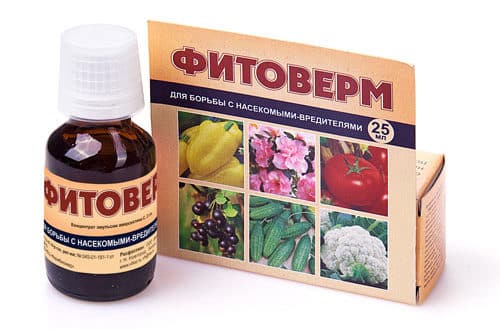

Digging of trunk circles
It is necessary to dig up the soil near the trunks for a number of reasons:
- In the fall, this measure acts as the prevention of the appearance of harmful insects in the spring. Most pests prefer to hibernate in the soil around the plants, and in the spring to infect nearby growing crops.
- Regular digging of the soil contributes to the saturation of the soil with oxygen.
In addition, the earth needs to be dug up to get rid of weeds. Sometimes it is not enough just to pull them out. The root system remains in the soil, and after a while they reappear with renewed vigor.
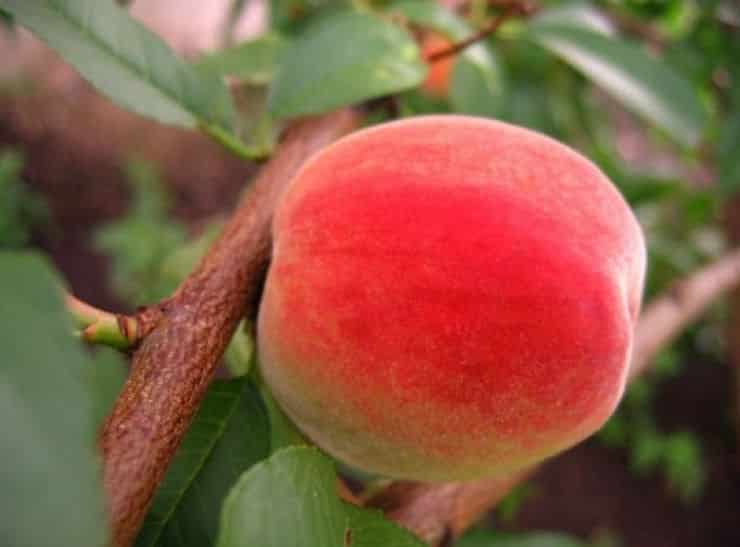

It should be remembered that the peach rhizome grows in proportion to the crown of the tree.
How to calculate the dosage of funds
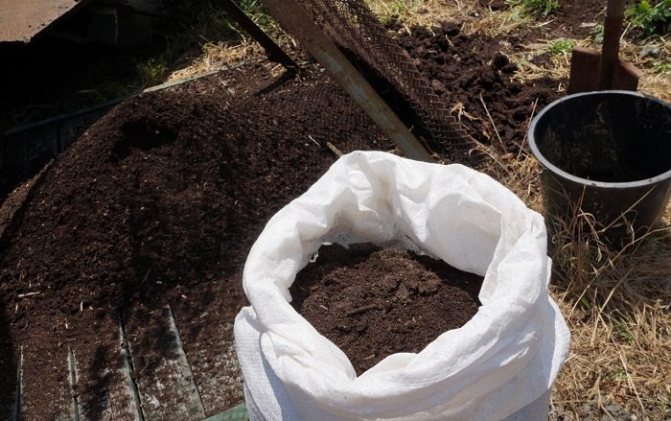

For autumn feeding, near-trunk furrows are created under the tree. The nutrient composition is then placed in them. The dosage is calculated individually:
- 10 kg of manure, 80 g of granular Superphosphate and 25 g of potassium salt are introduced under a small tree;
- 15 kg of fresh manure, 65 g of saltpeter, 125 g of Superphosphate and 30 g of potassium salt are applied under trees aged 4-8 years;
- an adult tree needs 35 kg of fresh manure, 125 g of saltpeter and 90 g of potassium salt.
Important!
You cannot fertilize "by eye". You need to follow the instructions clearly.
Transfer
When transplanting young peach seedlings, questions, as a rule, do not arise. After all, young trees have not yet rooted in a new place and transfer transplantation easier. And what to do if you need to move a mature tree. But replanting an adult plant is much harder. First of all, the procedure is carried out only in the autumn. The soil around the peach is dug 1-1.5 m wide and 80 cm-1 m deep. This will allow replanting the tree with minimal damage to the rhizome.
Peaches are transplanted until the age of 5-7 years.If the tree is older, you don't even have to try. In the new place, a hole is dug a little more than a clod of earth from the old place. Next, the peach is planted using the same technology as seedlings. Then it is poured abundantly with warm water.
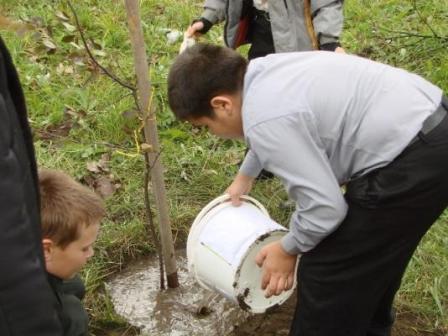

Protecting the tree from rodents in winter
During the onset of winter, a new threat to the tree appears - these are rodents. Mice and other pests prefer to hibernate under the snow, and the crown of fruit trees suffers most from this.
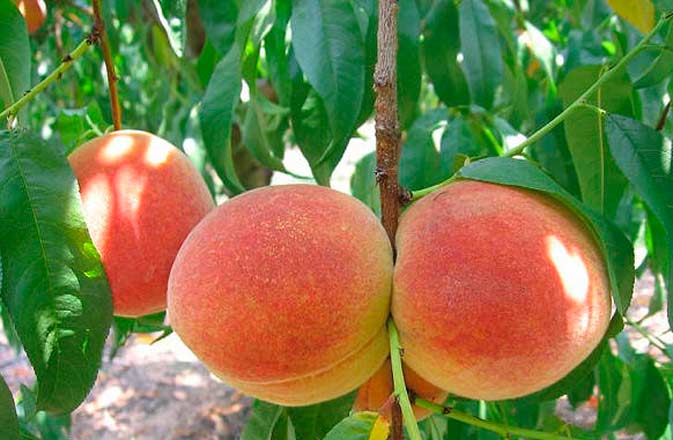

What to do to prevent mice from gnawing on the root in winter:
- First of all, you can wrap the barrel with thick cloth and wire.
- Whiten the bark to a height of about 100-150 cm.
- Mice do not tolerate the smell of copper sulfate, so the tree is sprayed with this substance.
- Treat the trunk with Bordeaux liquid. The smell of this product is also not tolerated by mice.
- Mix naphthalene and fish oil and coat the peach bark with this mixture.
- Wrap the lower part of the trunk with spruce branches (used to protect the seedlings).
It is also important to clear the area of old foliage before snow falls, which creates heat around the trunk and attracts rodents.
Complex mineral fertilizers
For peach trees, fertilizers are selected as carefully as possible. Compositions of several minerals should not be ignored. They contain the required amount of substances in a concentration that is not capable of harming the fruit crop. Despite the high level of usefulness, it is not recommended to violate the dosage, which will provoke the accumulation of nitrates in the soil. There are a number of industrial products that are better suited for this treatment.
AgroMaster - the product has a number of advantages over other formulations:
- The fertilizer has a hazard class of 4. Accordingly, it is not dangerous for fruits and human health.
- It can be used in a complex irrigation device.
- There are no harmful components in the composition.
- It does not require the involvement of specialists for processing.
- The product dissolves quickly in water.
- The preparation consists of iron and other trace elements, there are no components that can clog the soil, for example, sodium salts, chlorine or heavy metals.
- Proper application will increase the yield and accelerate growth and development for the next year.
Attention!
Combination with herbicidal and pesticidal agents is permissible.
The tool increases the level of stress resistance. Allowed to use at any stage of the growing season.
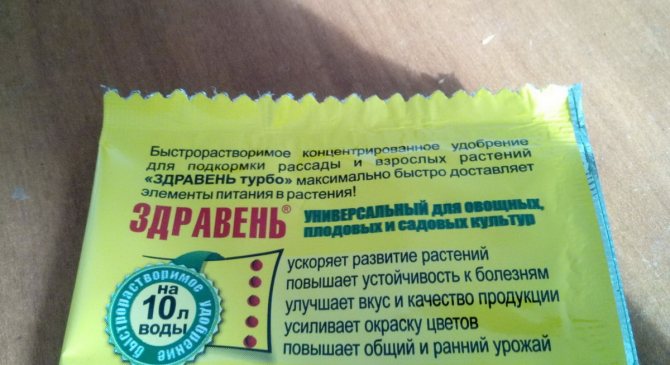

Health Turbo:
- The product dissolves perfectly, thanks to which it quickly penetrates into the root system of the plant.
- No complicated steps are required to prepare the solution.
- Chlorine, recognized as toxic to plants, was not used in the manufacture, as it provokes the formation of an edge burn on the foliage and salt poisoning.
- The composition contains the elements necessary for full maturation, and therefore there is no need to use additional solutions.
The product is marketed in a chelated form, which increases the digestibility of up to 90% and significantly reduces the load of chemicals on the soil. The components in the composition help to increase stress resistance and form protection against late blight, powdery mildew, scab, chlorosis.
Biomaster consists of:
- phosphorus actively acting on fruits and roots;
- nitrogen, on which depends how the tree will develop and whether mutations will be excluded;
- potassium, which has a positive effect on immunity, thanks to which the peach can grow even in the most unfavorable conditions;
- humates - environmentally friendly components made on the basis of peat, manure.
Features of growing peach Juicy
The described variety is generally unpretentious, but in order to increase the yield, some points should be taken into account.
Landing
In Crimea, Juicy peach is best planted in autumn, in regions more distant from the south - in spring. If young trees were planted in the fall, they should be completely covered with breathable covering material (lutrasil, spunbond) or burlap.You can also cover the seedlings with a tall cardboard box filled with dried hay. The layout of plants is 2.5–3 x 4 m. Otherwise, the requirements for planting and growing conditions are standard for the culture.
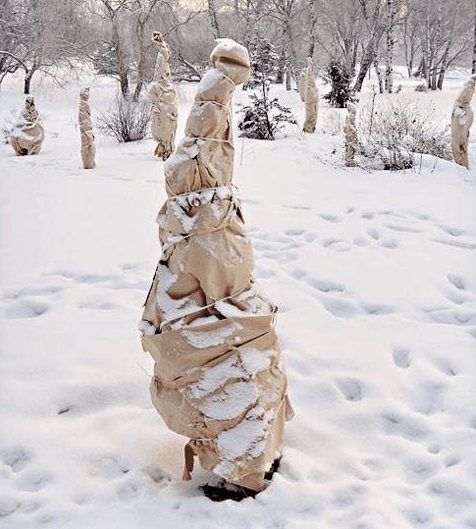

To protect against winter frosts during autumn planting, the peach seedling is completely covered for the winter with two or three layers of breathable material
Crown care
Since the variety has a high growth vigor and a tendency to thicken, the timely implementation of formative and regulating (thinning) pruning is an important component of tree care. During the first 3-4 years after planting, the crown should be formed correctly. Most often, it is shaped into a bowl to provide branches with ventilation and uniform access to lighting. At the same time, conditions will be created to reduce the risk of fungal diseases and full ripening of fruits. It is possible to apply sparse-tiered formation, but in any case, the crown will need regular thinning in subsequent years.
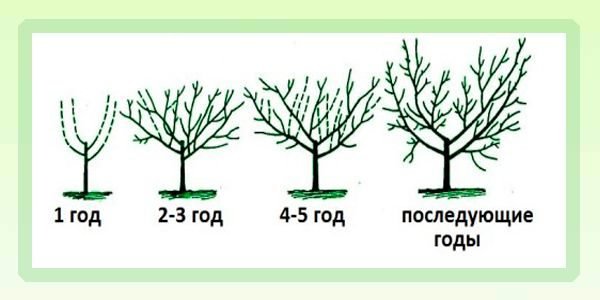

With a cupped formation within 4-5 years, 3-5 branches are left growing in different directions, the central conductor is cut out
When caring for plants, one should take into account the tendency of the variety to overload the crop: to rid the tree of unnecessary ovaries, manual rationing is used... Thinning of the set fruit is carried out approximately 3-4 weeks after flowering. The excess ovaries are cut off, leaving about 15–20 cm between them. The peach has rather fragile wood, with a heavy load of the harvest, the branches can break, so it is worthwhile to install strong supports for them in advance.
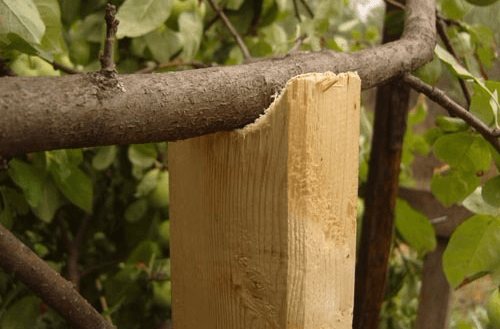

Strong supports for the branches should be prepared in advance: rather fragile peach wood may not withstand the load during the harvest season
Watering and feeding
Water the Juicy just like any other peach. It tolerates drought well, but the soil should not be allowed to dry out. Waterlogging will also not be beneficial, it will increase the risk of fungal diseases.
To form a full-fledged crop, the plants are fed with organic and mineral fertilizers according to the usual schedule for the culture. The variety will bear fruit without additional fertilizing, but additional nutrition will significantly increase the quantity and quality of the crop.
Protection from adverse factors
Juicy is not resistant to all diseases, so you should not neglect prevention: you should regularly perform standard sanitary work, as well as carry out early spring and autumn protective spraying with fungicides. Such measures will also help to avoid the possible appearance of pests if insecticides are added to the solution with fungicides during protective treatments.
In the second half of November, you need to take care of protecting trees from frost. The stem and skeletal branches are wrapped with two or three layers of air-permeable covering material or burlap.
Peach feeding after flowering and during the growing season
After flowering, it is worth feeding the peach by spraying the crown with a composition that contains trace elements. For 10 liters of water you need to take:
- soda ash - 60 g;
- copper sulfate - 20 g;
- boric acid - 10 g;
- manganese - 1 g;
- iodine - 10 drops.
It is forbidden to use a concentrated solution without adding water. It will burn foliage and young shoots.
For peaches in the fall, you need good and thorough care, which is carried out in two stages. The second time, fertilizer is applied in early October, and for this, green manures are chosen, which are embedded in the ground.
On a note!
To accelerate the decomposition of plant residues, watered with any biological fertilizer.
Nitrogen is absolutely not dangerous here, since it will be in a form that is not absorbed by the root system. This re-feeding is necessary in order to lay useful components for the spring, due to which the planting will be full of strength and energy at the time of awakening after winter.It is permissible to use compost with humus, which is dug up with the top layer of soil.
Preparing for winter
Preparing the peach tree for the cold season includes pruning, soil treatment, fertilization, and shelter with special breathable materials.
The soil under the plant is dug up shortly before the onset of cold weather, so that pests placed in the depths can die. They dig deep enough, they do not break the lumps. The degree of exposure to frost and water will depend on this. Under the influence of low temperatures, the soil will loosen and water can seep into the ground without hindrance.
The tree is pruned after harvest and until around mid-October. The growing season is coming to an end at this time. Removing root growth will protect the tree from additional loss of nutrients and attack by harmful insects.
A huge role is given to the final pre-winter watering, designed to provide plants with a comfortable stay in winter. To saturate the soil, for each square. m. of the near-stem circle make up to 100 liters of water.
The next step is fertilization. For this, mineral complexes are used. They are simply introduced into the grooves near the trunk, up to 20 cm deep. First, the phosphorus-containing fertilizers are poured, and then potassium. There must be at least 5 cm of soil between the layers.
Nitrogen can also be added in autumn. Its amount and nature of use usually depends on the age of the particular tree.
Autumn dressings are designed to help the tree regain strength after intense fruiting, as well as prepare for the new harvest season - to lay new flower stalks. Their task is also to strengthen immunity, increase the resistance of the peach tree to spring frosts, gusty winds, and droughts.
Fertilization timing
The preparation of peach trees for winter begins immediately after the end of summer. All manipulations are carried out after a successful harvest. This is the best time to apply nutrient formulations to the planting.
Not everyone knows what to do with a peach in the fall, so the yield of a planting that does not have proper care is gradually decreasing. There is a likelihood of pests and diseases.
It should be borne in mind that the introduction of nutrient compositions is not carried out if the tree is planted in spring. The plant did not have time to use all the nutrients laid down when planting in the hole. Therefore, the first manipulation is carried out only after a year.
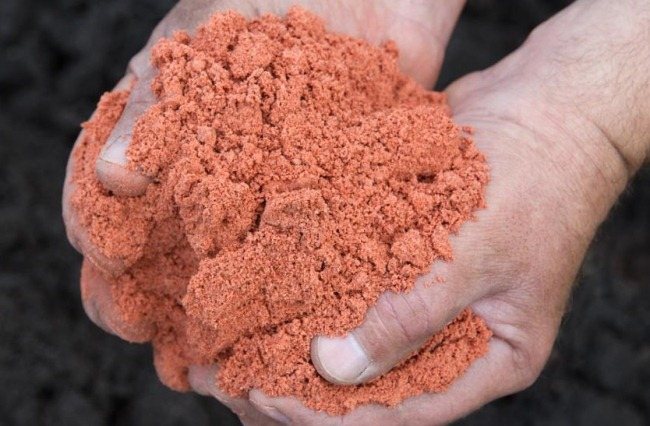

Peach grafting
Grafting a peach in the spring is a very troublesome undertaking. Cuttings are harvested in December. For this, one or two summer plants are used. Shoots must be strong and well-ripened. They are then stored in a cool place. In early spring, they are placed in the refrigerator. The day before planting, the cut is updated and the cuttings are placed in water. I use wild peach, apricot or almond as rootstock. Graft cuttings in the spring, in mid-March. Use any method. It is best to do this in the morning when the humidity is high. It is advisable to consult with a specialist who will tell you the best way and give advice.
Soil for peach
This tree is very demanding on the quality of the soil. Salt licks, swampy and heavy soils are contraindicated for him. It is strictly forbidden to plant peaches after raspberries, tomatoes, melons, strawberries, eggplants and potatoes. This fruit tree also reacts poorly to alfalfa roots. Therefore, the peach can be called a very picky plant.
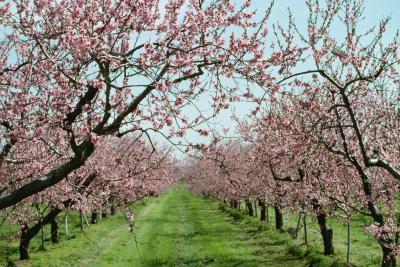

For planting, chernozem or loamy soil is better suited. Sandy soil is also considered acceptable, but in this case the tree will require frequent watering. Although on such soils, the plant is less susceptible to disease. Peach also requires good drainage. Therefore, when landing, stones or gravel are poured onto the bottom of the pit.
Common mistakes gardeners make
Mistakes when growing peach trees include:
- Attempts to plant crops in unfavorable climatic conditions.
- Use a large amount of mineral fertilizers when planting a seedling.
- Do not prepare the pit in advance.
- Delay planting the peach seedling.
- Trying to plant a tree older than 2 years, the older the plant, the harder it will be for it to take root in a new place.
In addition, the mistakes of growing a peach include ignoring fertilizing and watering. Many inexperienced gardeners believe that if a plant blooms and yields every year, it does not need nutrients. But the soil becomes poor over time, and this contributes to a decrease in yield.
Correct peach pruning
Rejuvenating Peach Pruning
When the tree turns 3 years old - the formation of its skeleton is completed, now it is worth pruning to rejuvenate, which stimulates the growth of new branches and the development of the tree. When to prune a peach? They are pruned in early to mid-spring.
Peach trimming video in the garden
Sanitary peach pruning
What you need to remember is that you cannot trim the peach before winter, because this greatly weakens the plant and may not survive the winter. If in the spring branches are found that are frozen in winter, then they can be safely removed so that the plant recovers faster. You should also trim the branches slightly each year to help the tree develop evenly. The crown needs to be thinned so that all the leaves receive the required amount of light.

